The park is a memorial to the U.S. Navy Sargo-class submarine, USS Seawolf (197), that was mistakenly sunk by U.S. Navy forces in 1944 during World War II. She sunk 27 enemy ships in the Pacific and damaged 13 more and was awarded two Presidential Unit Citations and 13 Battle Stars. On her 15th patrol in October, 1944, she was lost in action. All hands on board were lost in the tragedy.
The park is also home to two preserved U.S. Navy ships: the Gato-class submarine, USS Cavalla (SS 244) and the Edsall-class destroyer escort, USS Stewart (DE-238).
John next to the conning tower of the USS Cavalla. It is amazing how large this sub is.
Forward Torpedo Room. Four torpedoes were stowed and fired from here. There were also bunks for 12 men in the torpedo rooms occupied by Chief Petty Officers and/or passengers. Submarines were sometimes used to transport personnel during WWII.
Officers Quarters were located along this hallway as well as the Officers Wardroom and Pantry. The wardroom table could also serve as an emergency surgical table.
Officer's state rooms (2) that each accommodated four officers.
With space at a premium onboard a submarine, the captain was the only member of the crew with a private state room. And two navigators shared one state room as well.
Chief Petty Officer quarters accommodated five; the remainder of the (usually three more) slept in the torpedo rooms. Imagine the scramble to get dressed in this small space for 5 men when an alarm sounded.
Control Room.
Galley and Crew's Mess. The crew at in three sittings. Three meals and three snacks were served during a 24-hour period each day. Extra funding was provided to submarines making their food the best in the Navy.
We found a poster in the crew's mess that documented all of the submarines in the US Navy. John's dad served on the USS Barracuda during WWII in the Atlantic Theatre. This photo of John shows just how tight the quarters were for those over 6" tall!
These quarters accommodated 30 crew members...very tight quarters.
The Forward Engine Room had 2 (of 4) GM Winton Diesel engines; 16 cycliner 1535 BHP with 2 (of 4) 1100 kw generators. Also located in this area were fresh water distillers (2), air conditioning units (2), refrigeration units (2), hydraulic plant, and trim and prime pumps. The After Engine Room had the other Diesel engines (2), generators (2), and air compressors (2).
Maneuvering Room...very tight quarters here as well!
After Torpedo Room had 4 torpedo tubes, 8 reload skids, bunks for 12 men, and the after escape hatch.
The Submarine Memorial Plaza is dedicated to the 374 officers and 3131 men who perished on submarines during World War II, recognizing the critical role they played in battles in both the Pacific and Atlantic Theaters.
Additional war memorials have also been erected here.
The USS Stewart (DE-238) was built in 1943, served in WWII, and was designed as an anti-submarine ship with a crew of approximately 210. Of the 563 built during that era, only two remain. Restoration efforts are underway on the ship today.
Bofors 40MM guns.
K-guns were used to deploy depth charges on both sides of the ship while it was moving. And the second photo shows the equipment used to launch them from the front of the ship.
Hedgehogs are small anti-submarine weapons comprised of 24 mortar bombs. They were more effective than depth charges and had a higher kill rate during WWII.
The fo'c'sle is where the anchors are located (check out those huge chains).
The USS Selma was a concrete ship launched in 1919 for WWII...coincidentally the same day the Treaty of Versailles was signed. The 7,500 ton tanker was used as an oil tanker in the Gulf of Mexico. In 1920, the ship hit a jetty causing a 60-hole in the hull. When efforts to repair the ship were unsuccessful, it was scuttled near Seawolf Park on 1922.
We had a picnic lunch on the beautiful grounds of the park enjoying the cool breeze off of the bay. This is a great location to view ships entering the Port of Galveston and those traveling the Intracoastal waterway. The ferry to Point Bolivar also can be seen from the park.
This is a popular fishing location from the shores or from the pier.
The three-story pavilion is scheduled to be demolished. The damaging storms, winds, and waves in the area have virtually destroyed the structure. Galveston is considering future development plans for this 15-acre park that was the original immigration center for entry into the U.S. in the south.
Admission to the park is $6 for parking. Entry to the naval exhibits is $5/adult. Fishing is $3/adults. It was fascinating to tour the WWII vessels. And the war memorials are very moving. Imagining what those naval crews went through seems terrifying. You can only walk away from there with the deepest respect and admiration for their sacrifices. How wonderful that our history is being preserved in this and other parks like it.
Website: www.americanunderseawarfarecenter.com
Website: www.galveston.com/seawolfpark

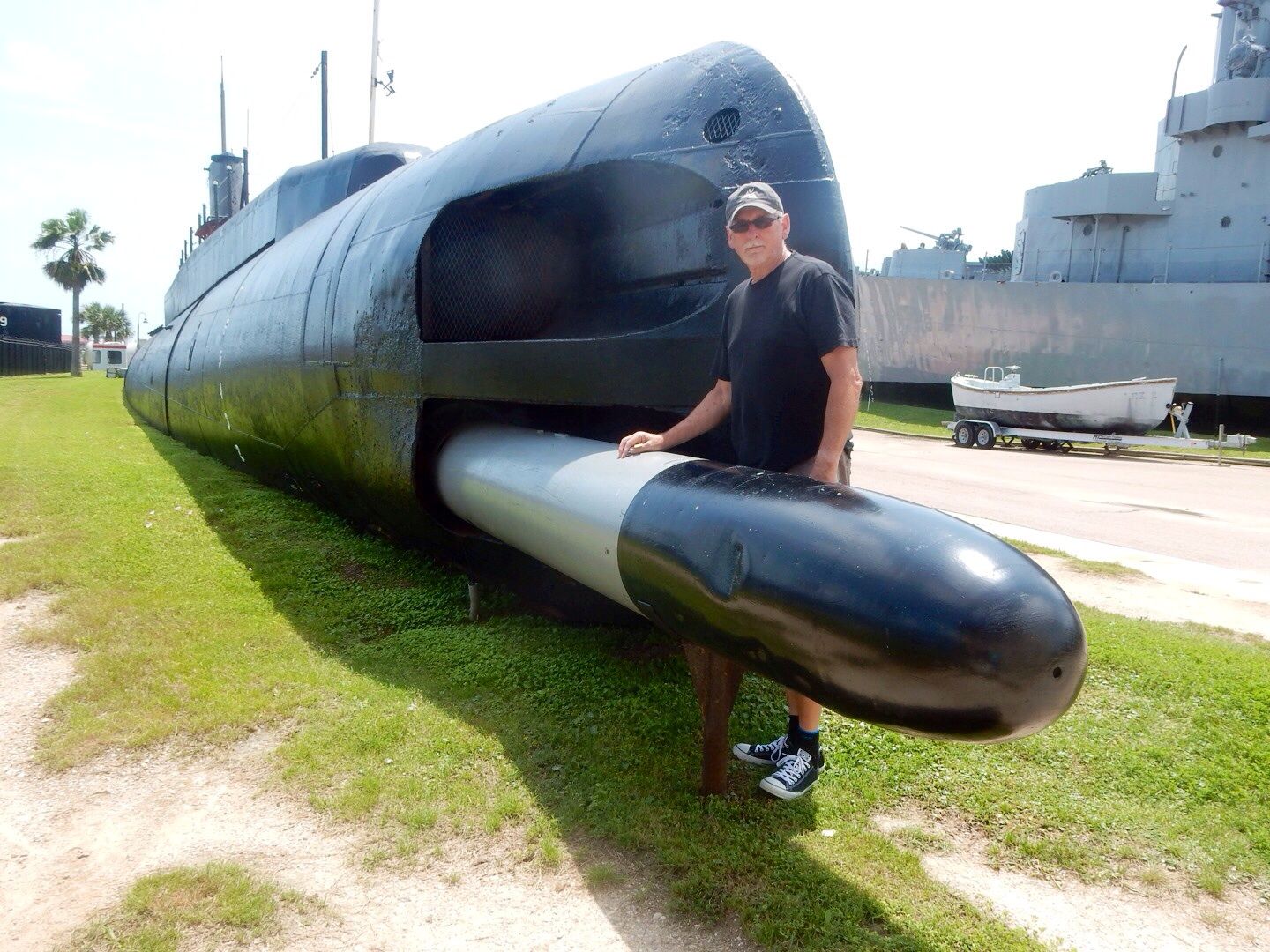

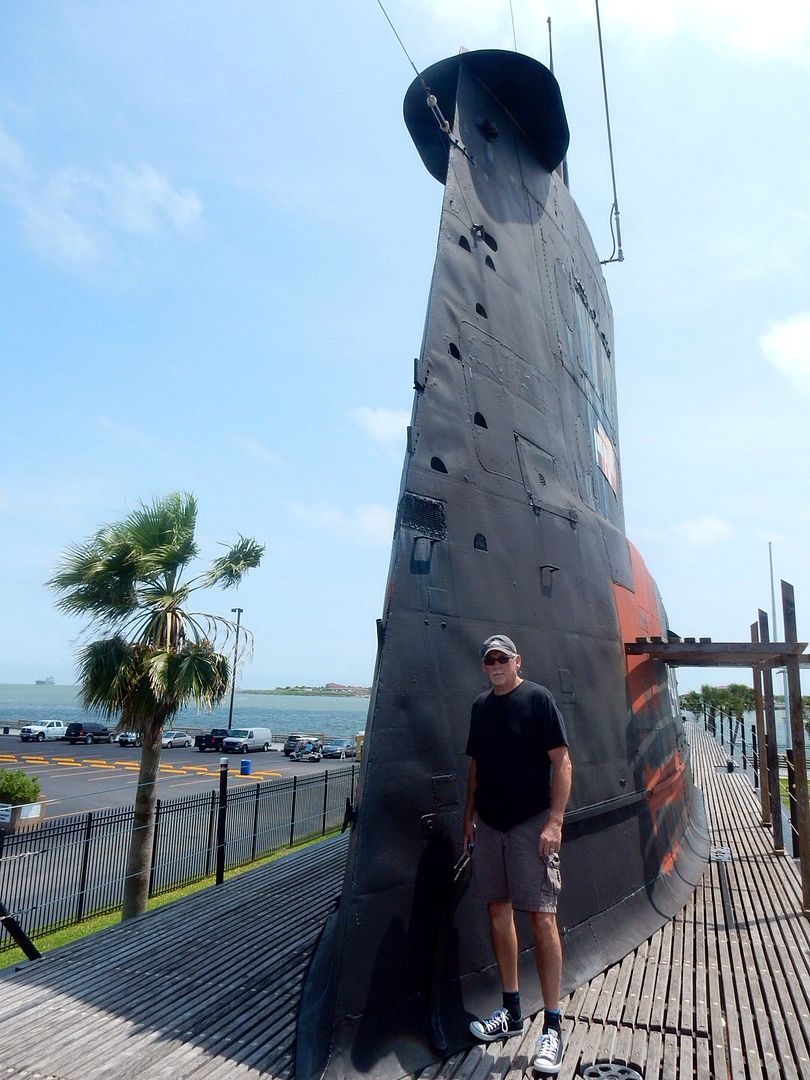




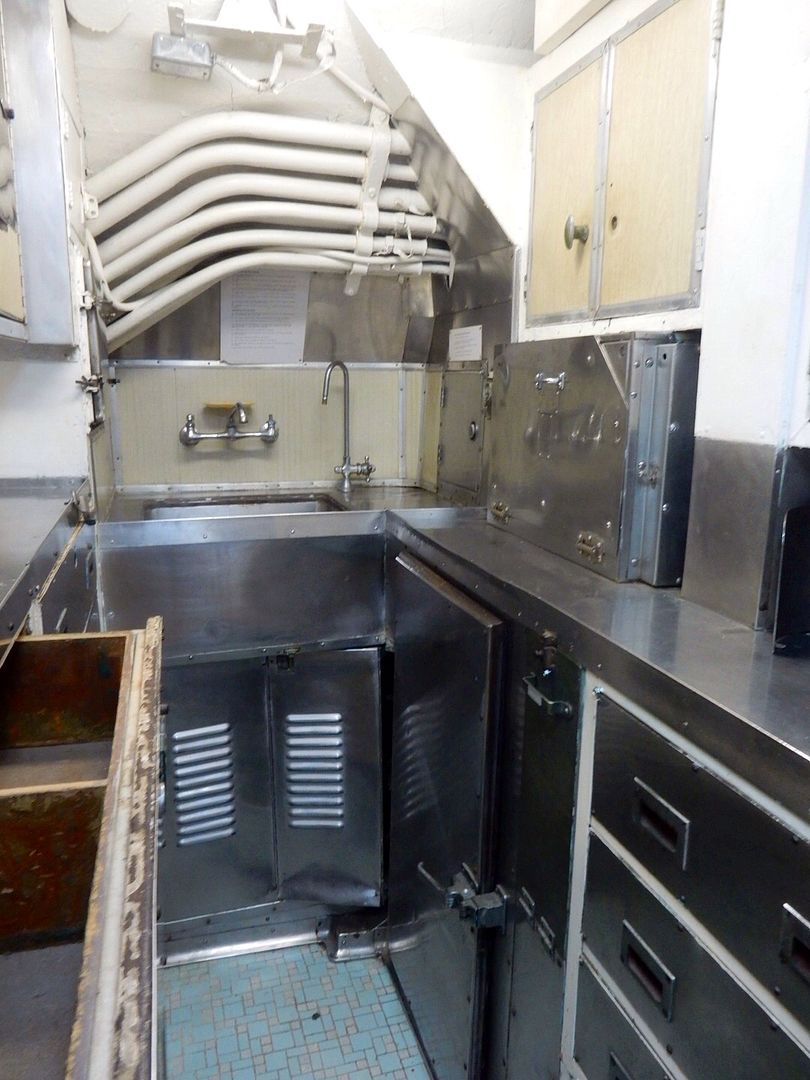
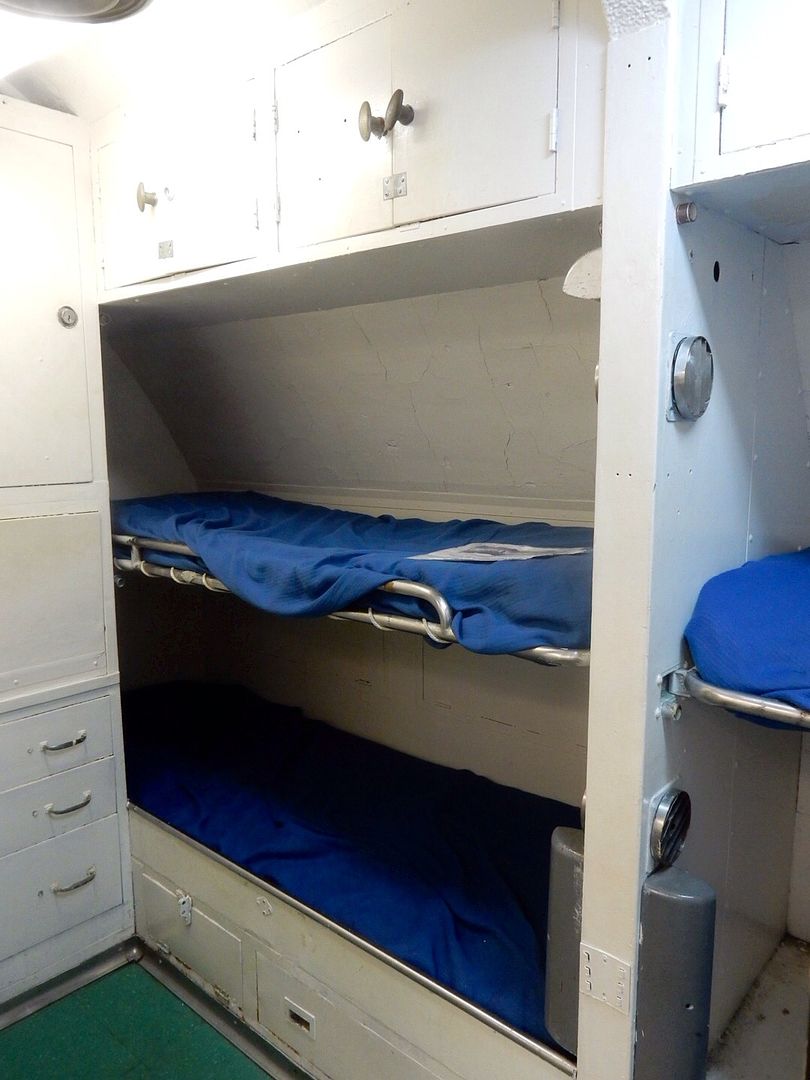

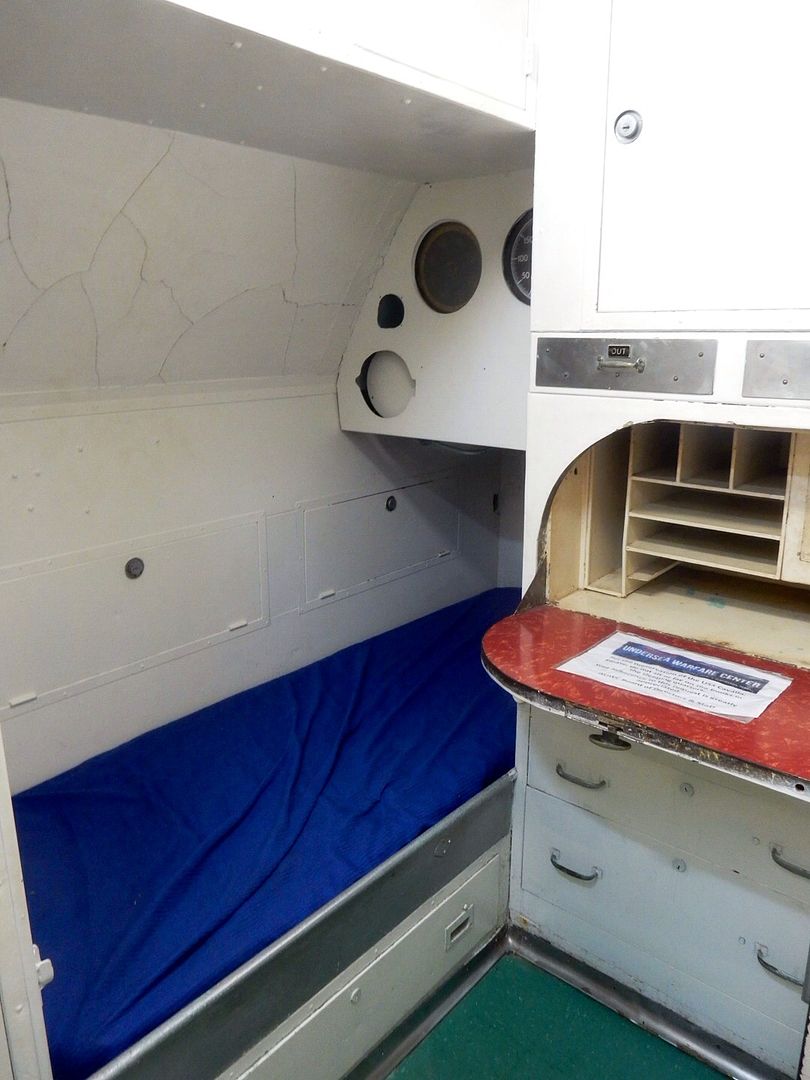
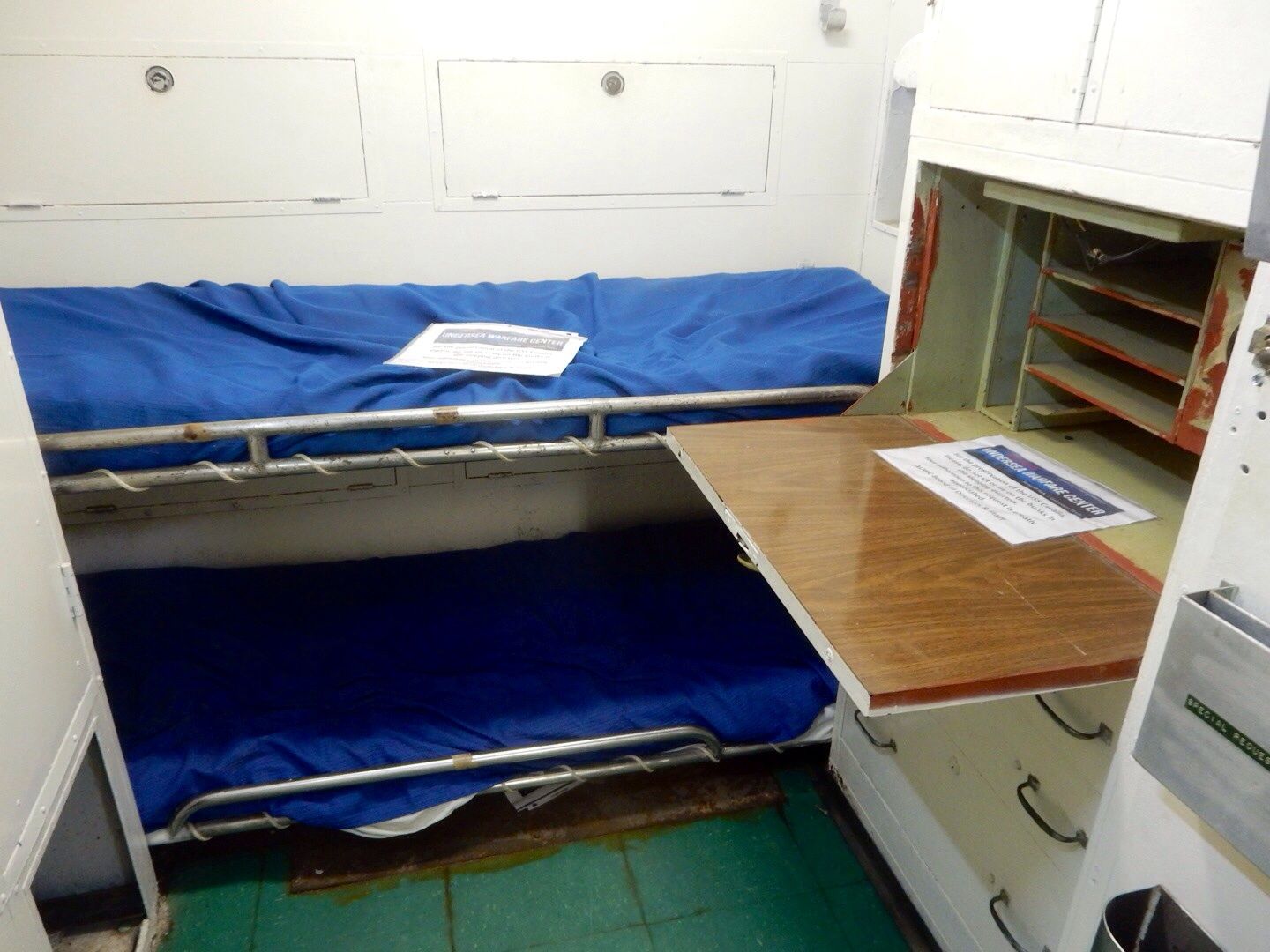
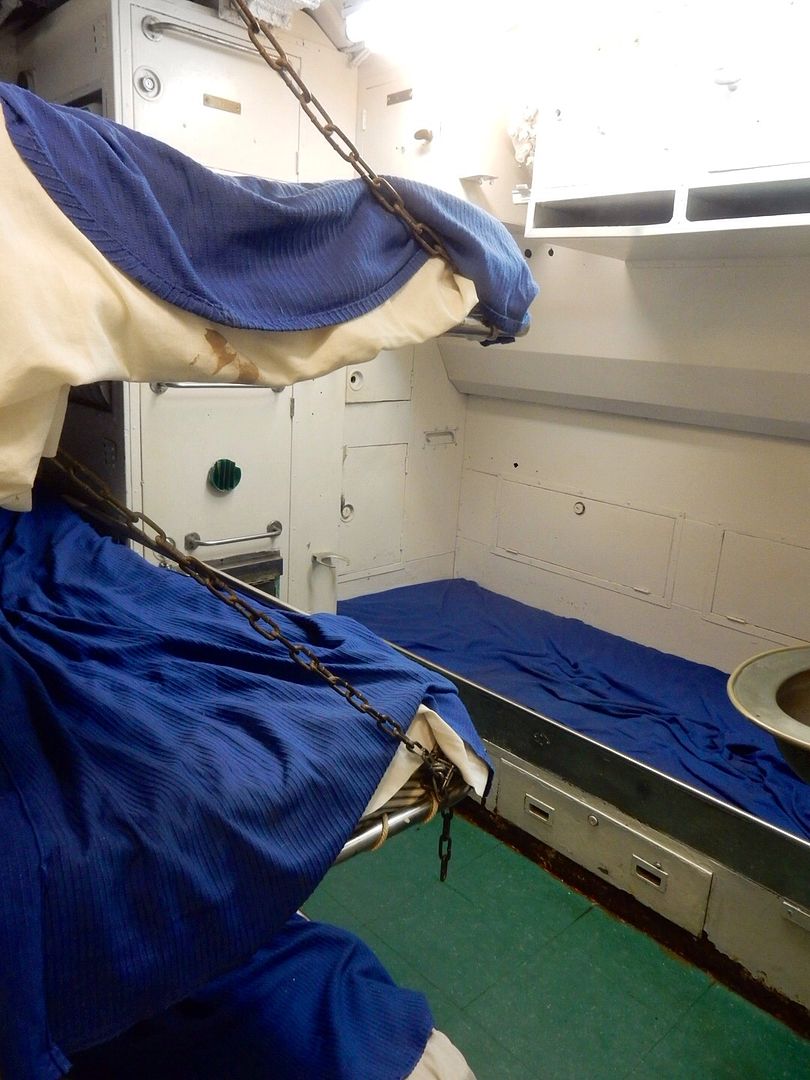

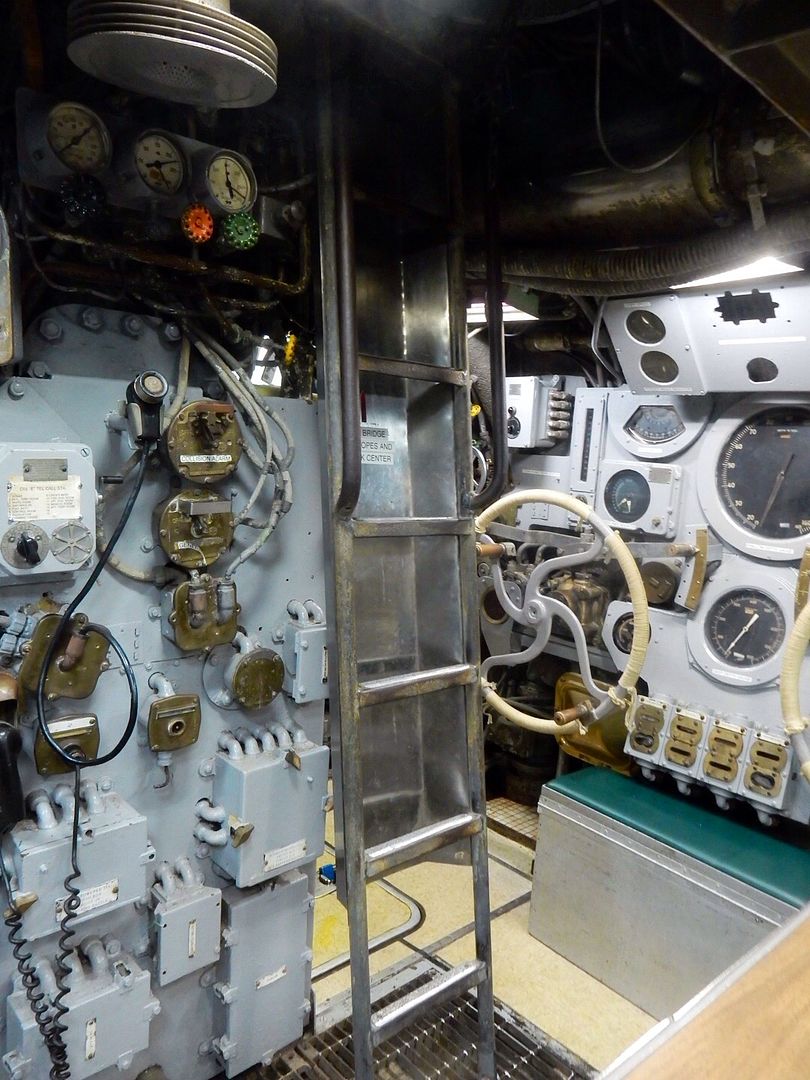
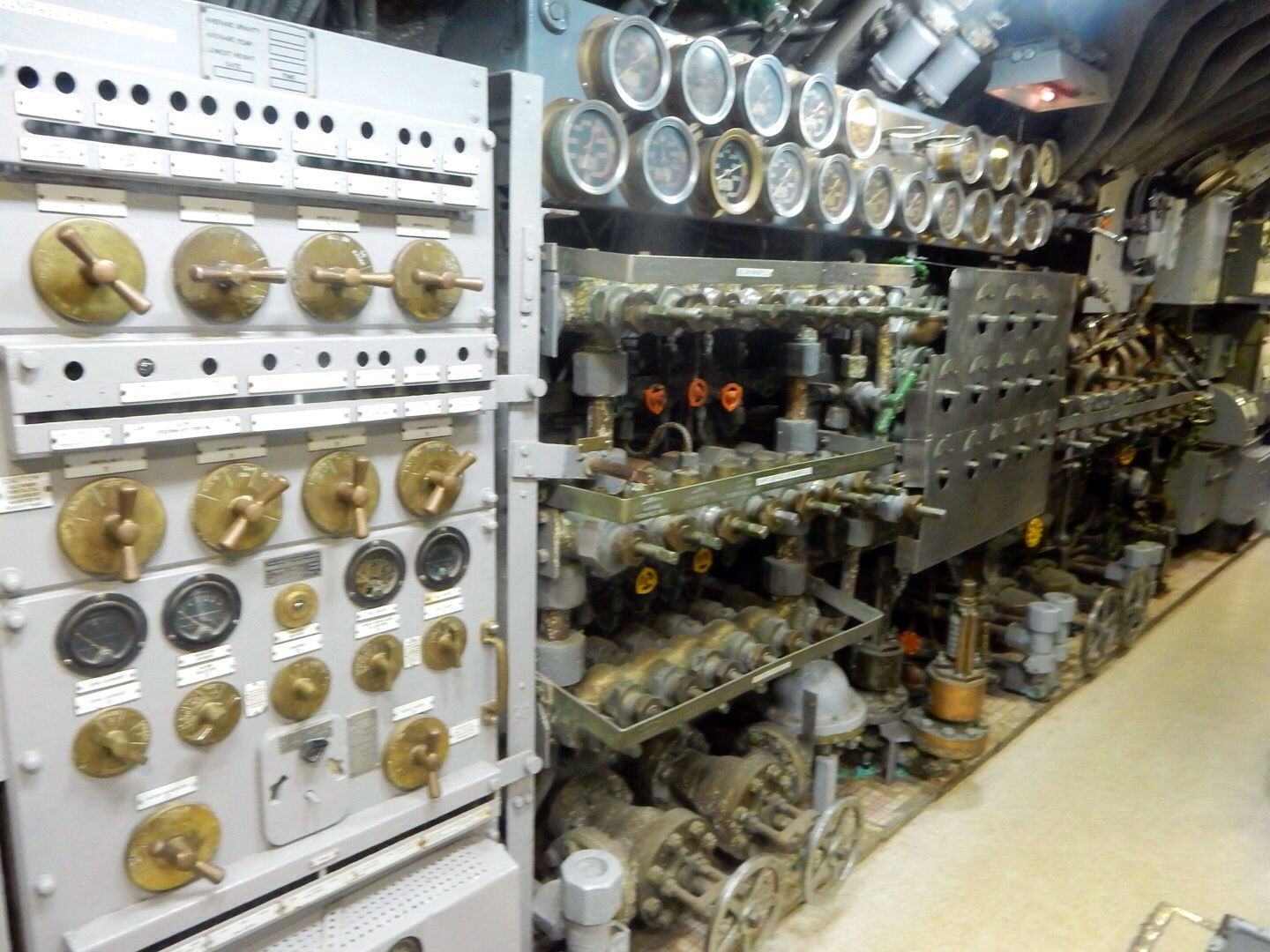
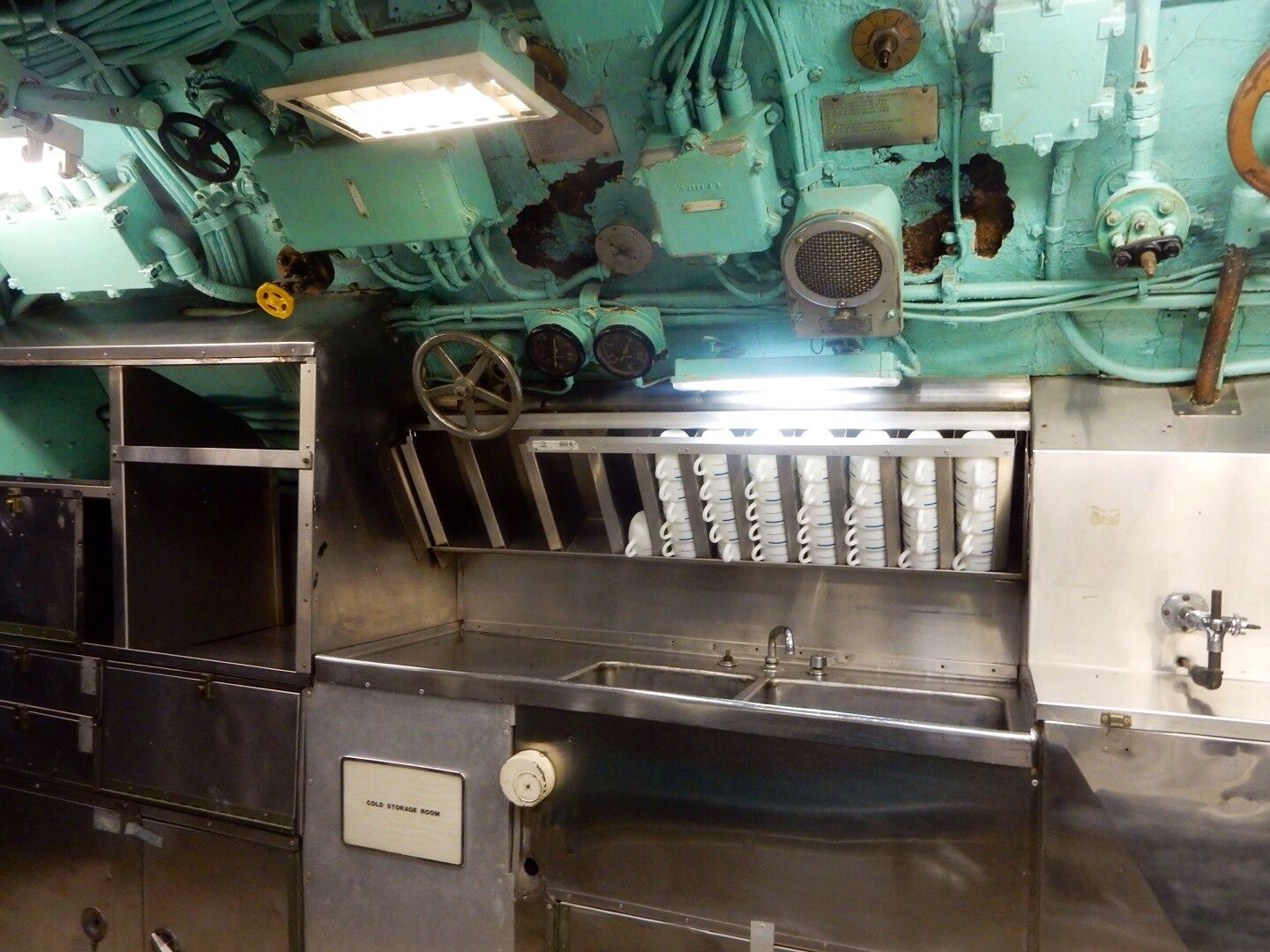

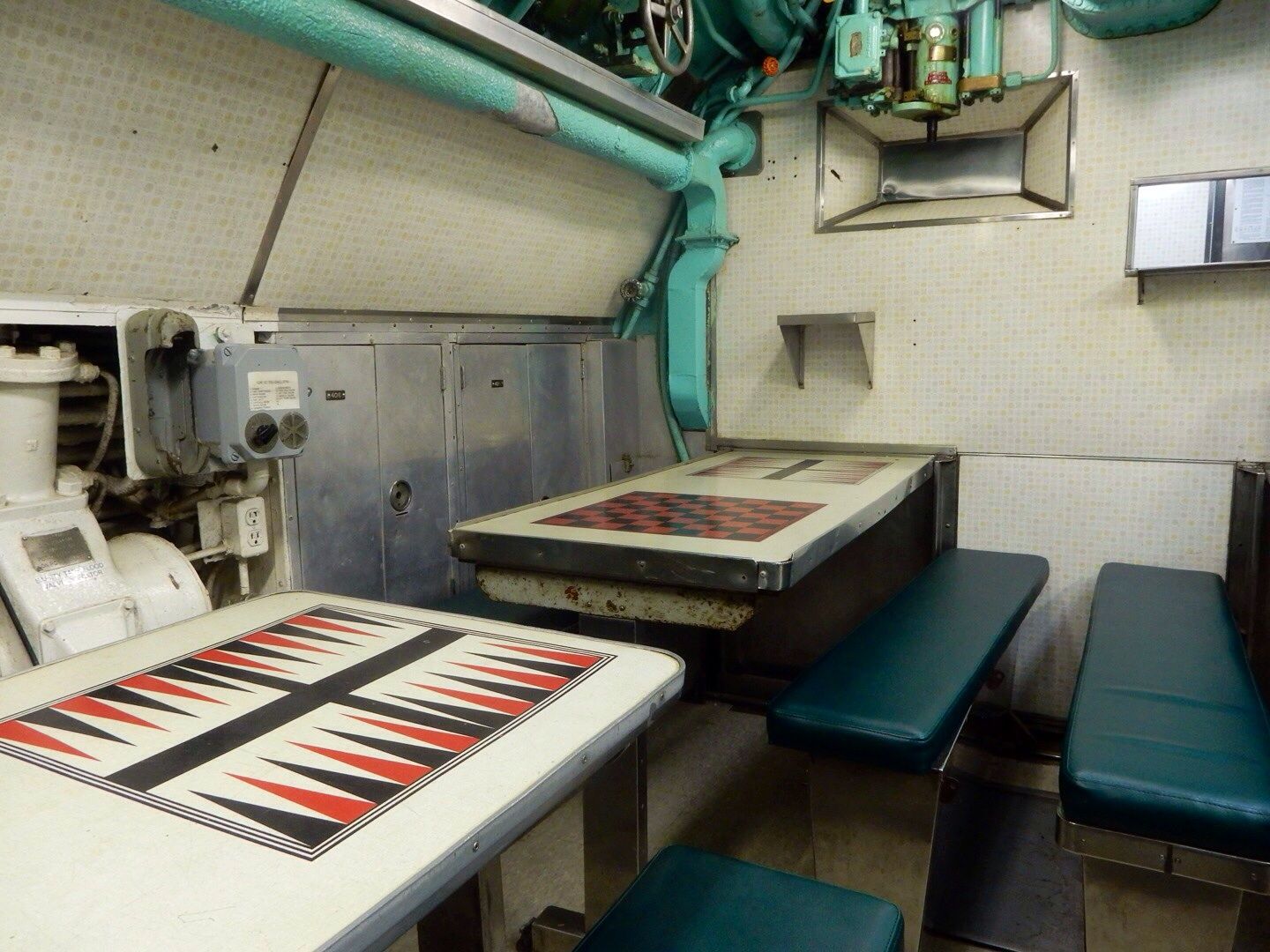
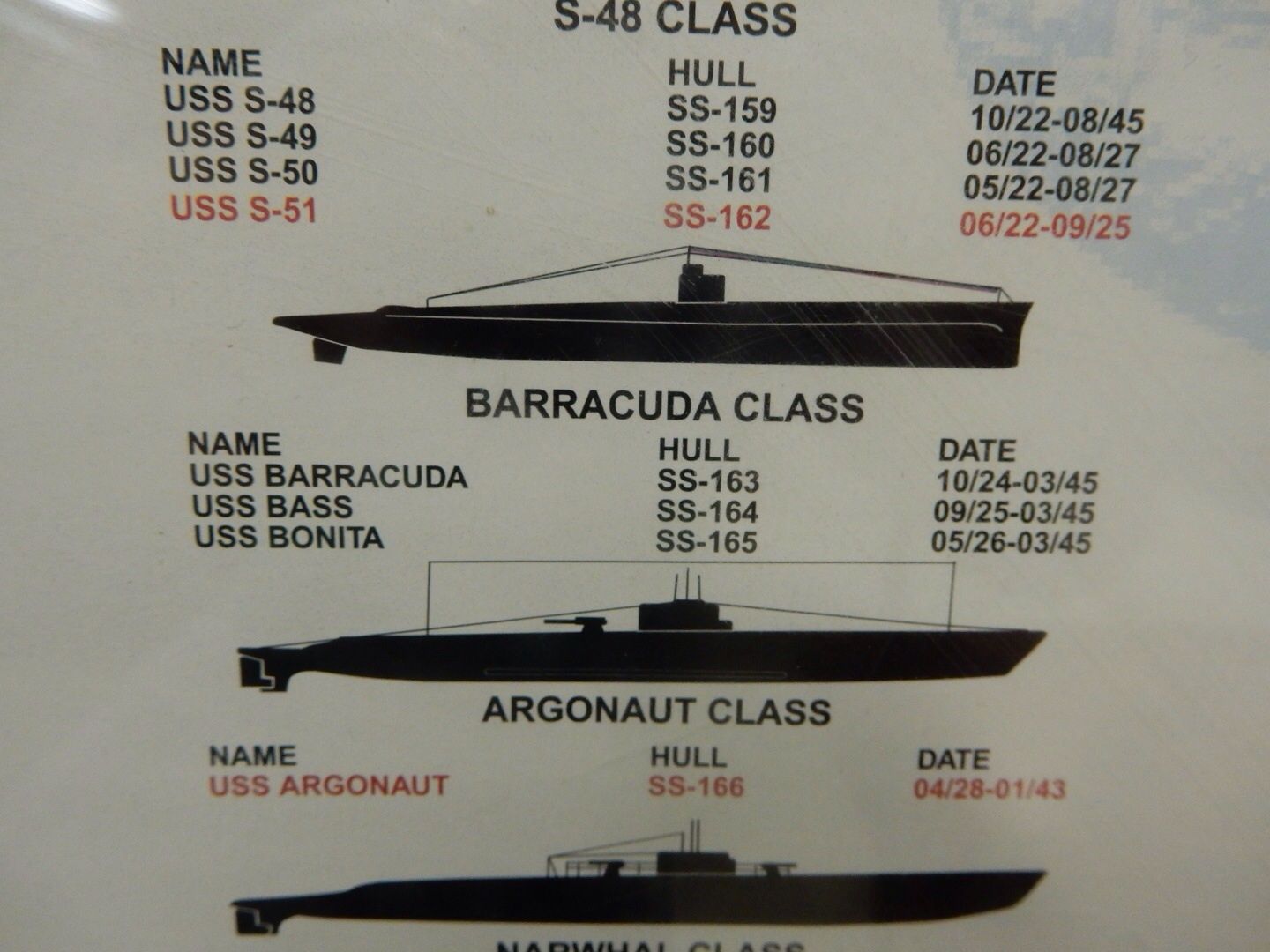
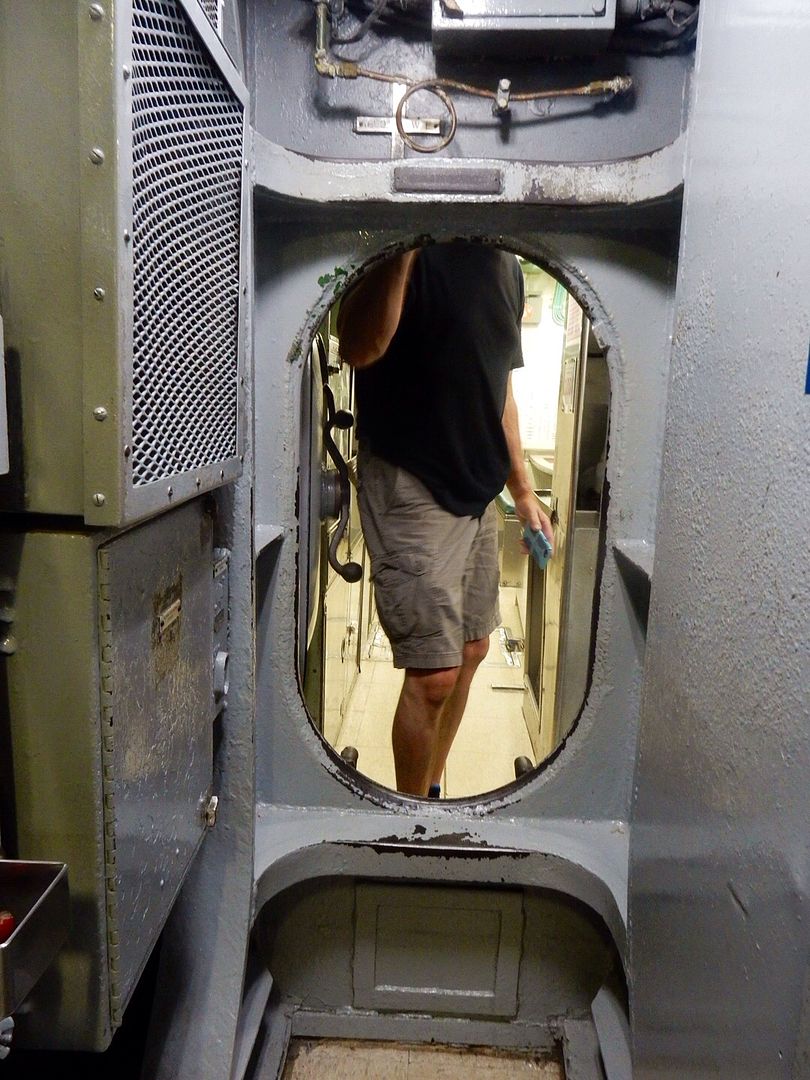


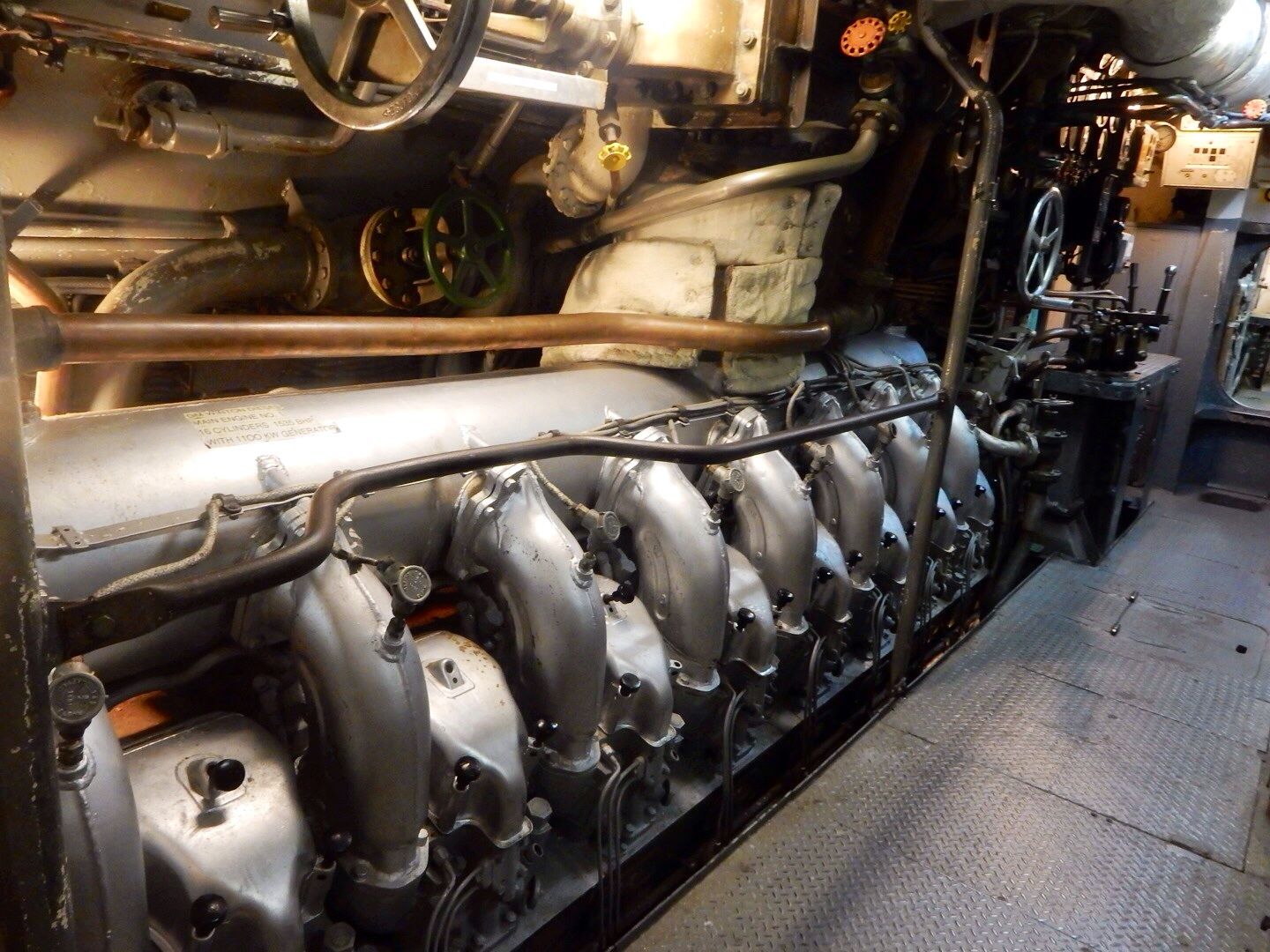
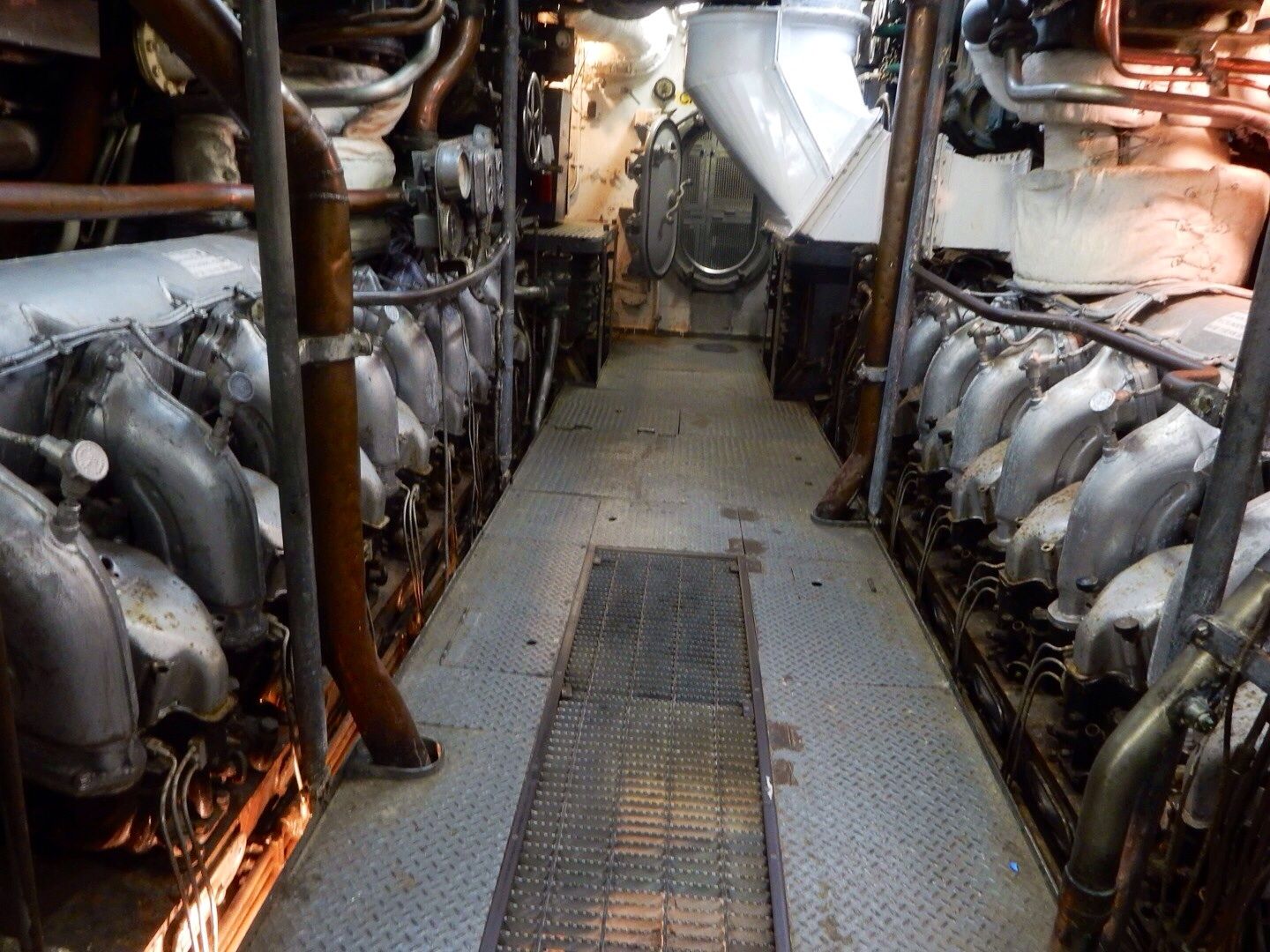
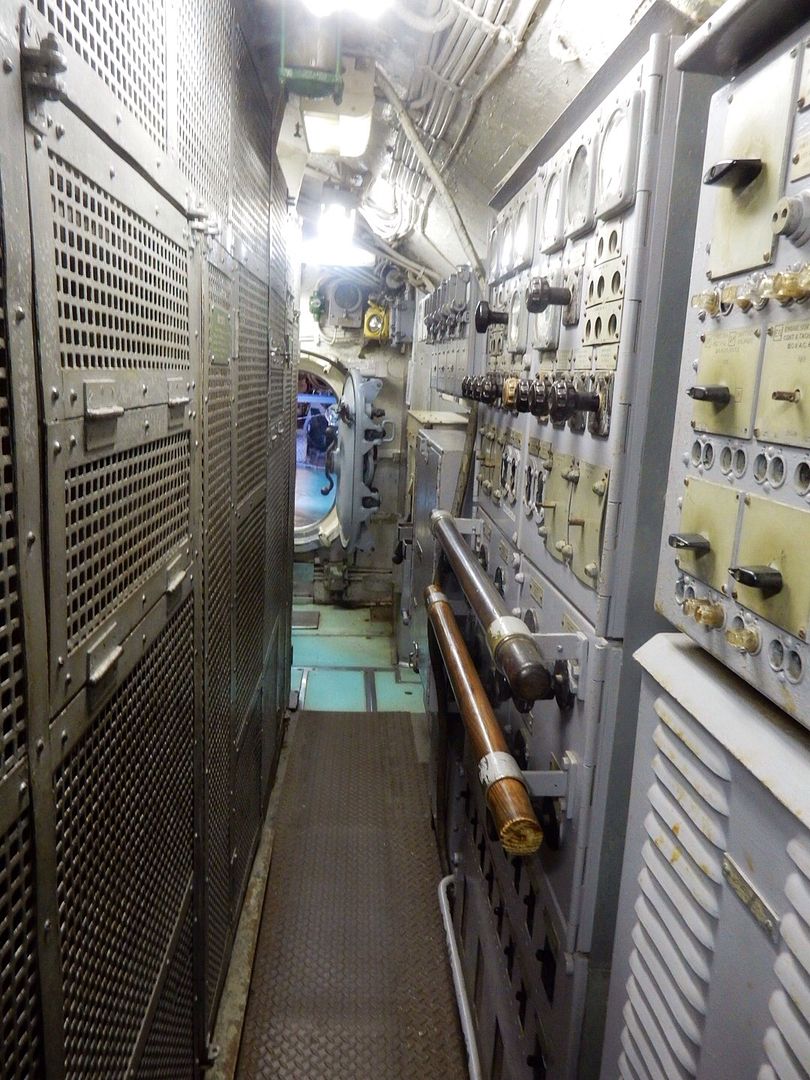

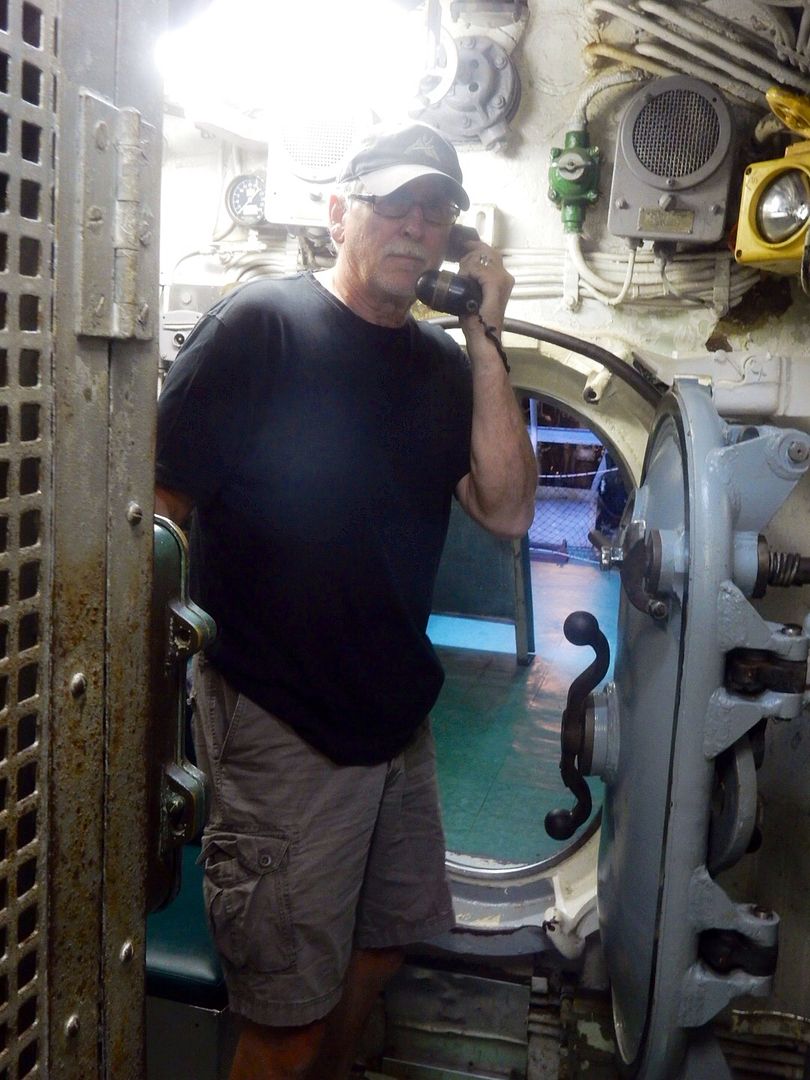

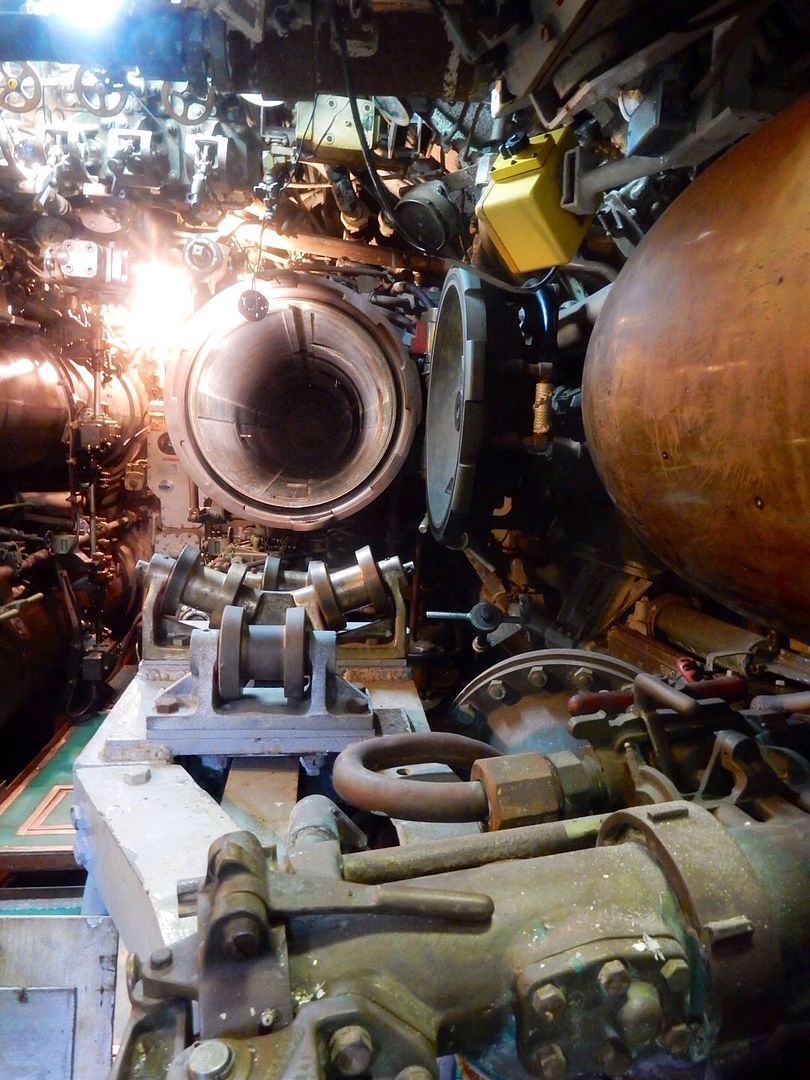

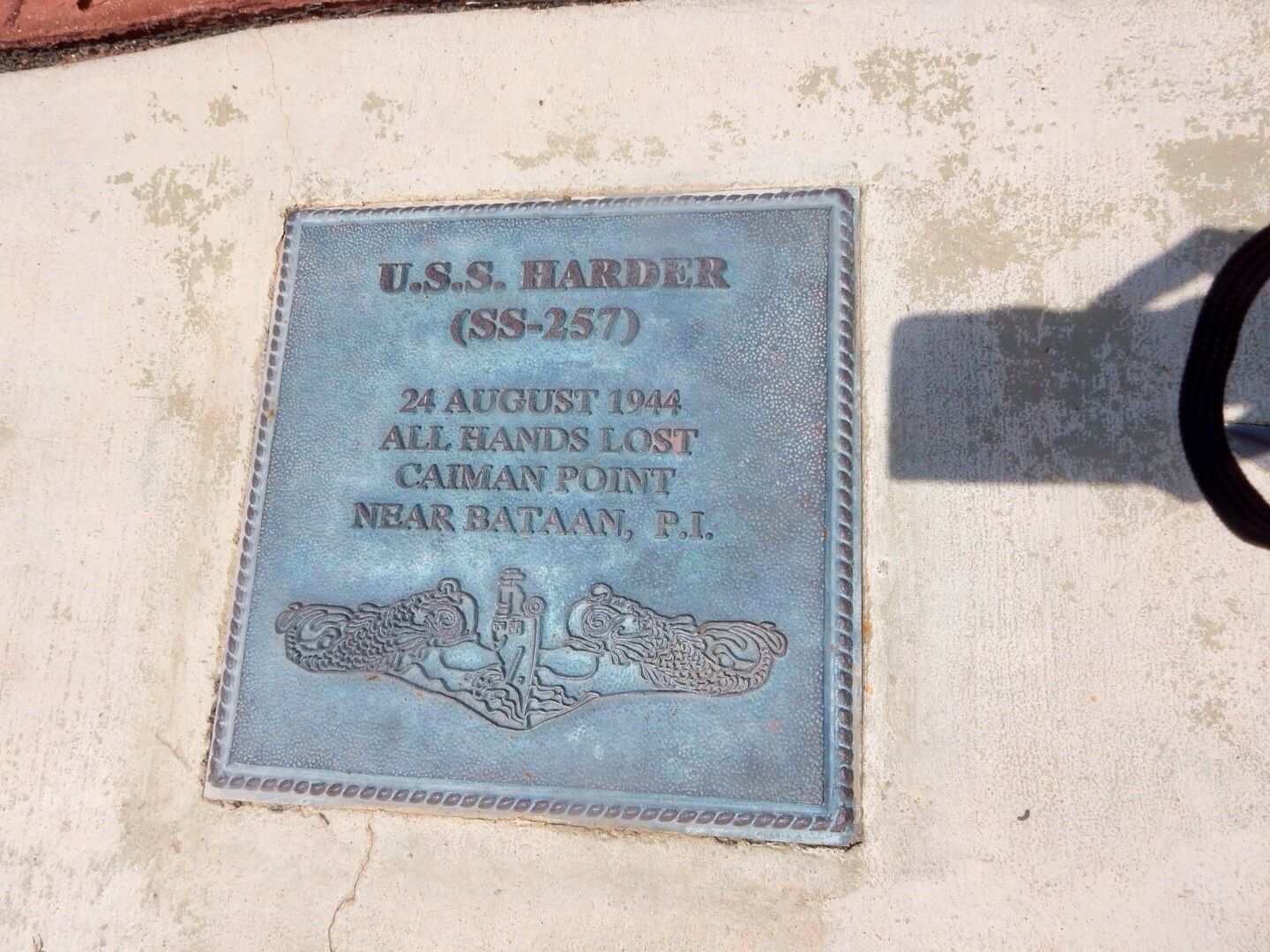
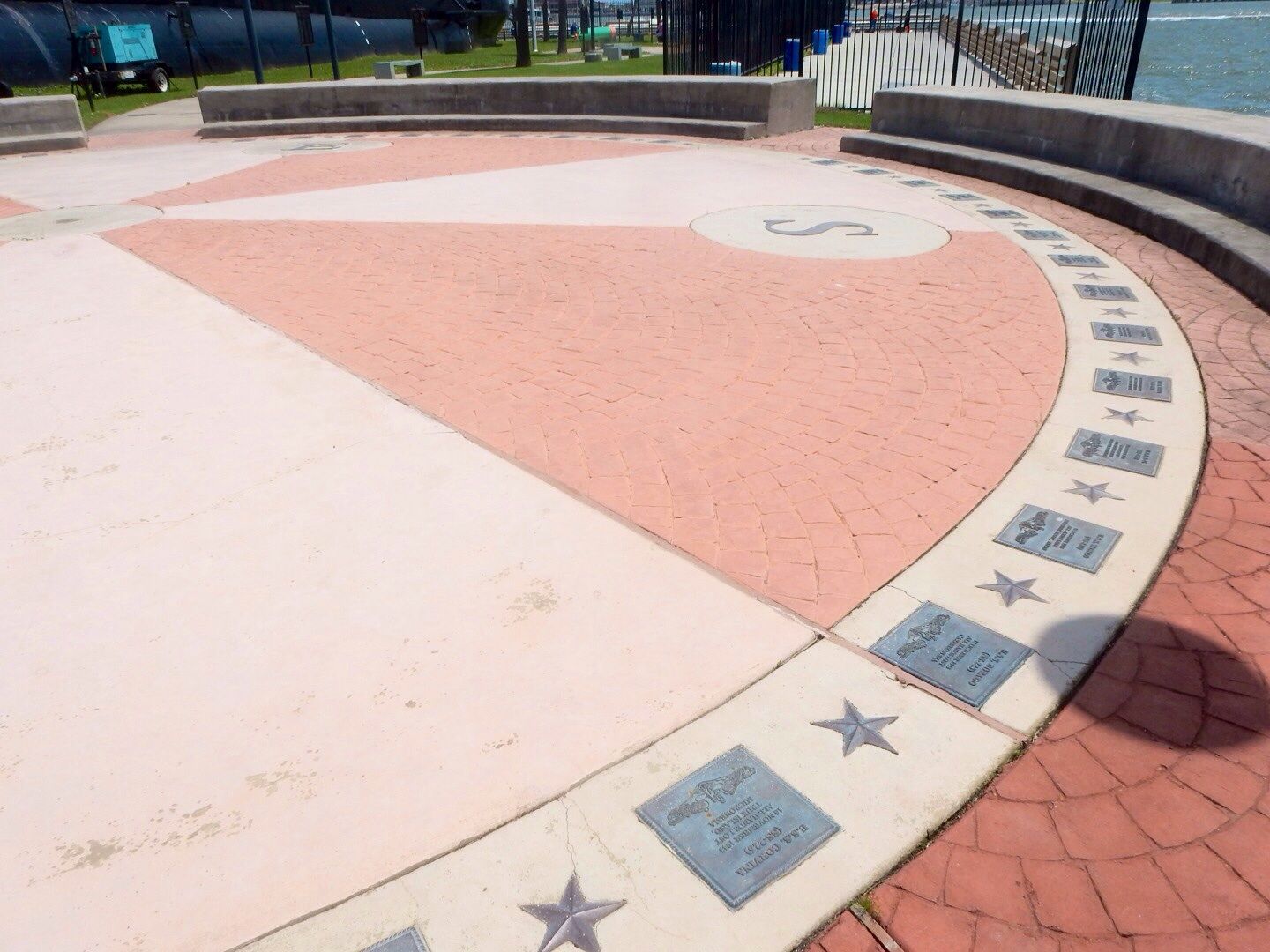
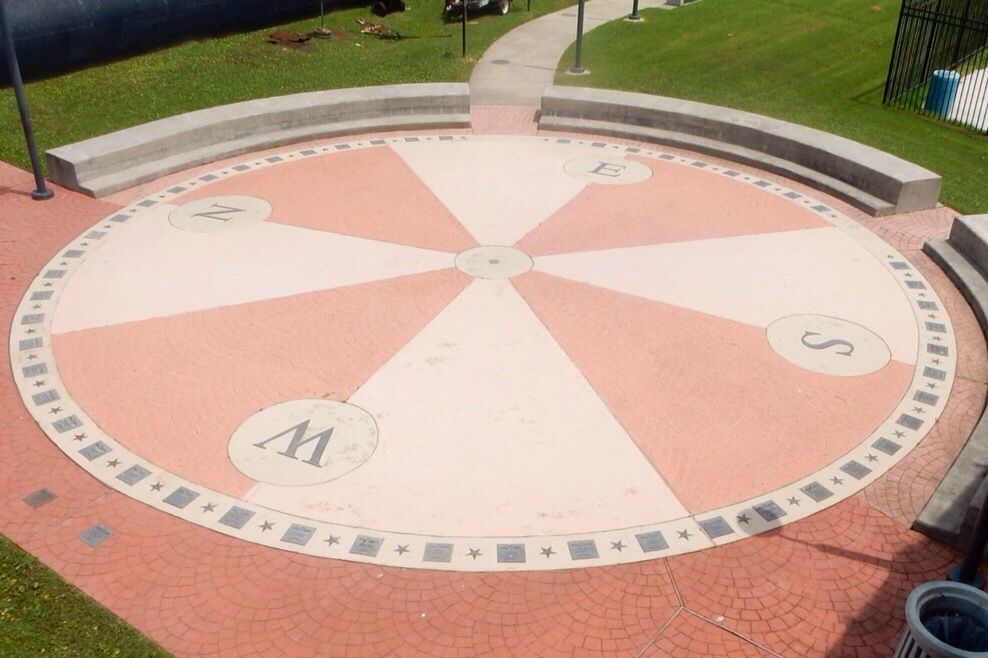
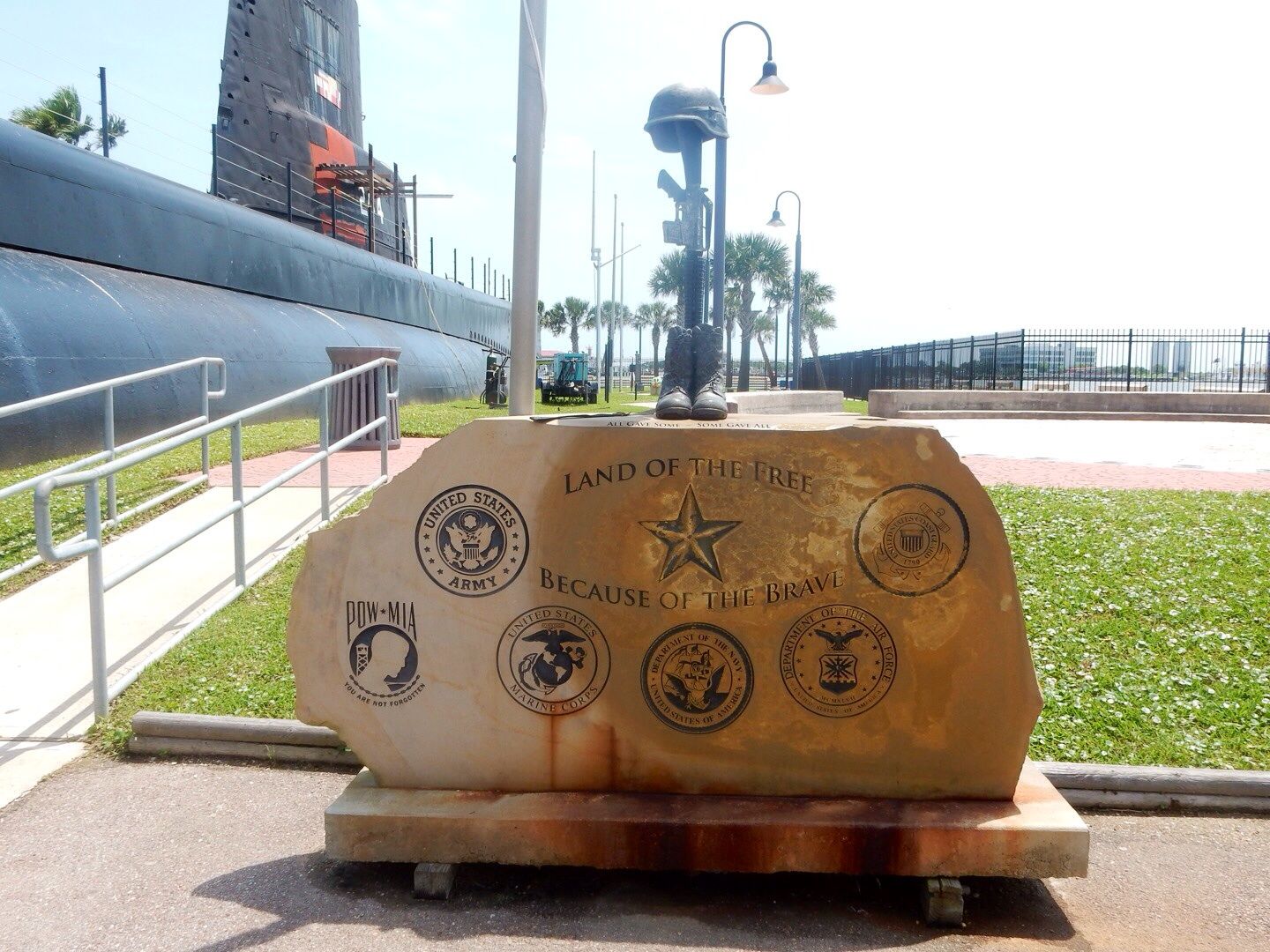
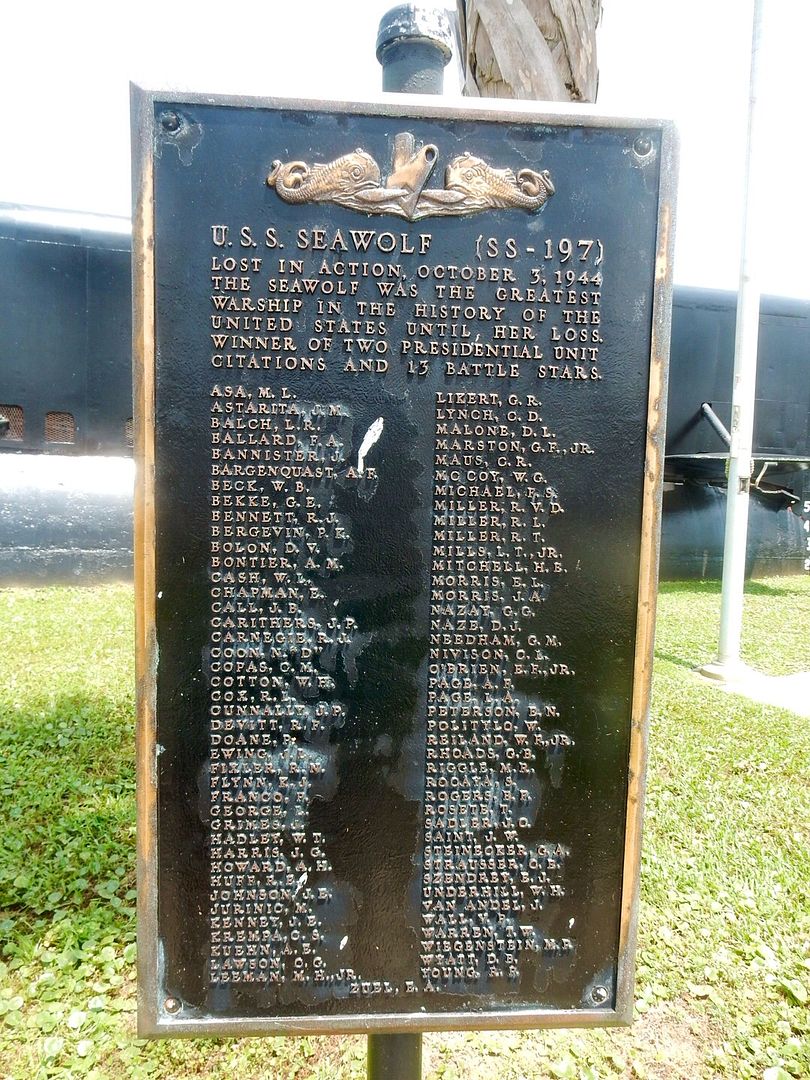

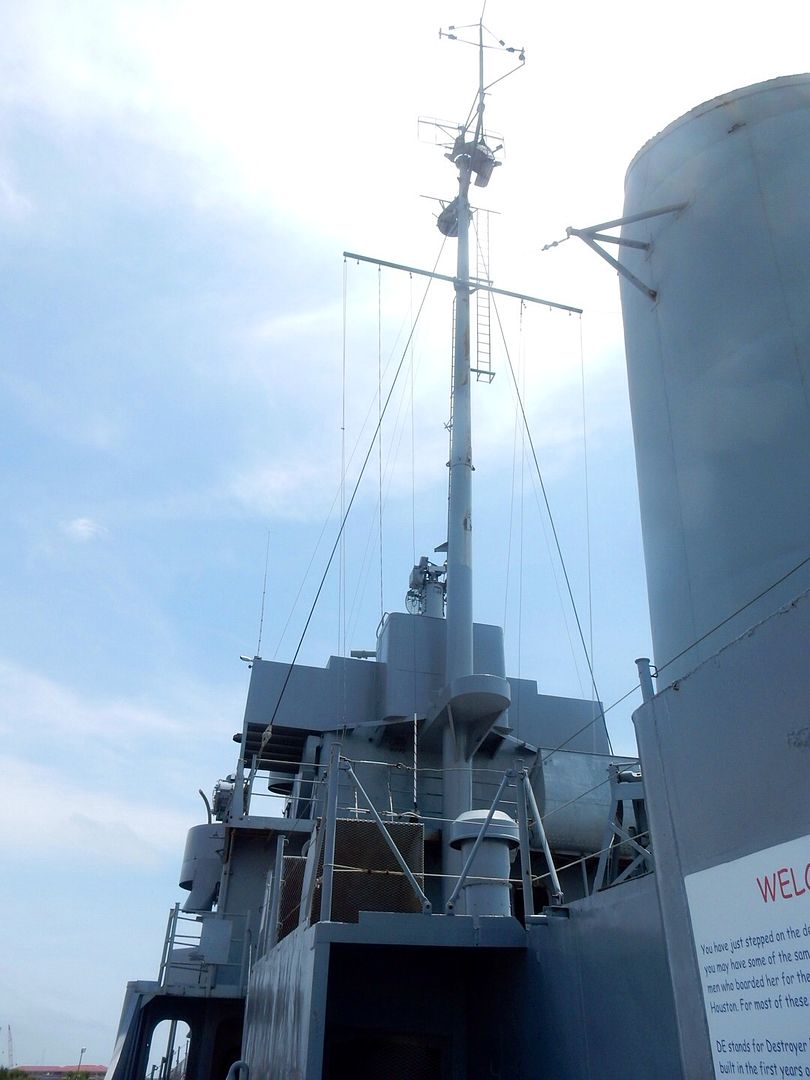
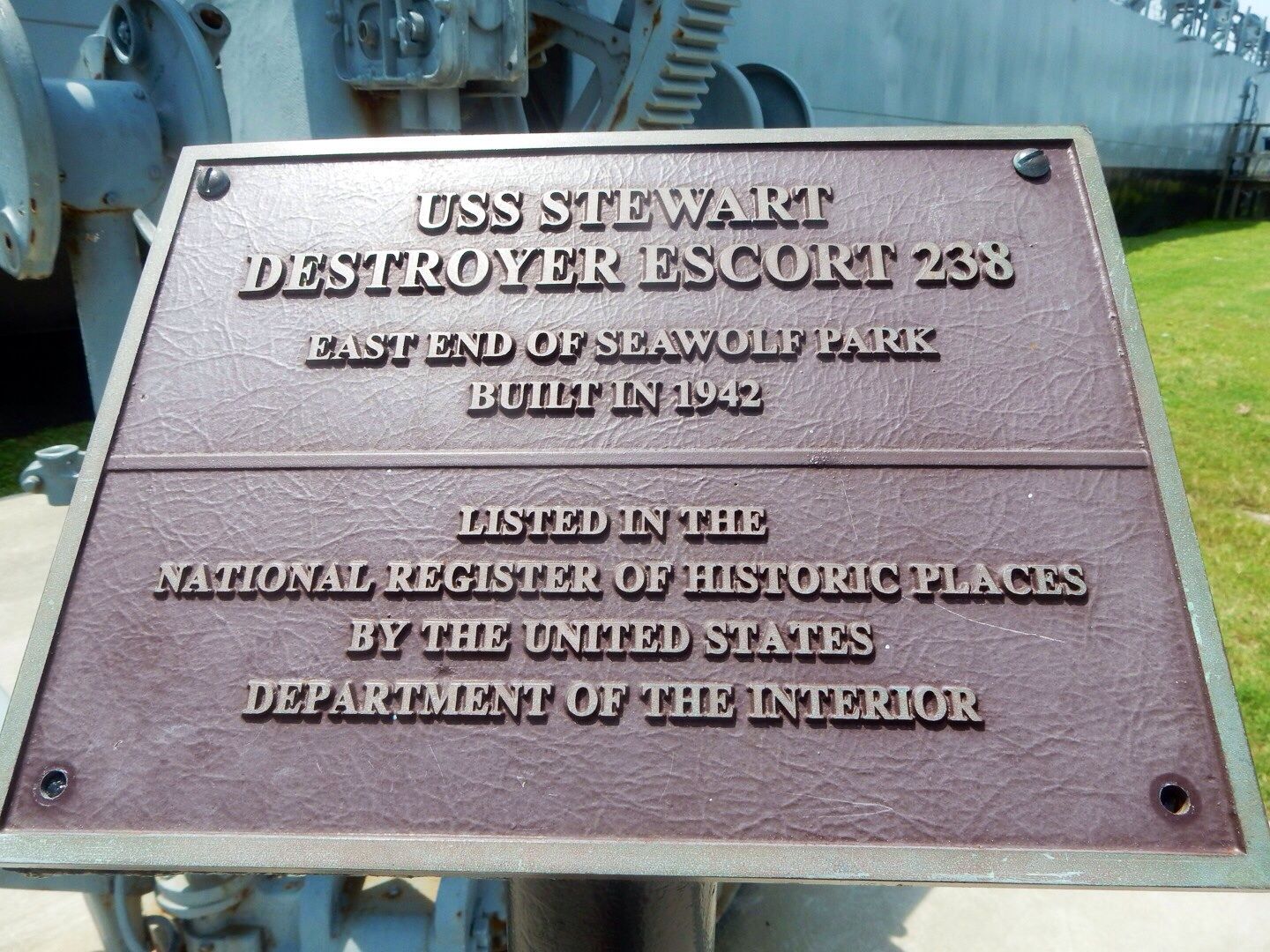
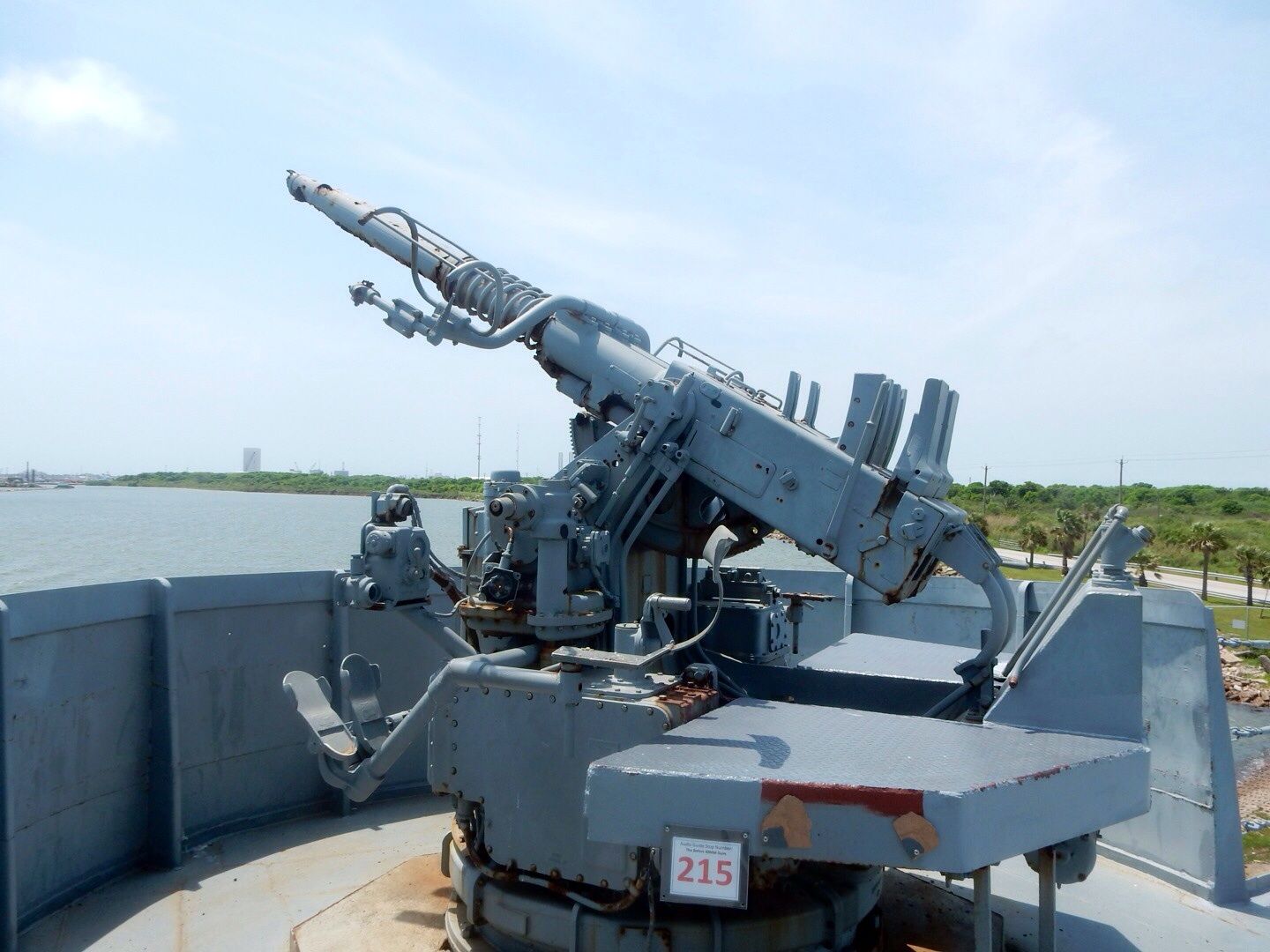
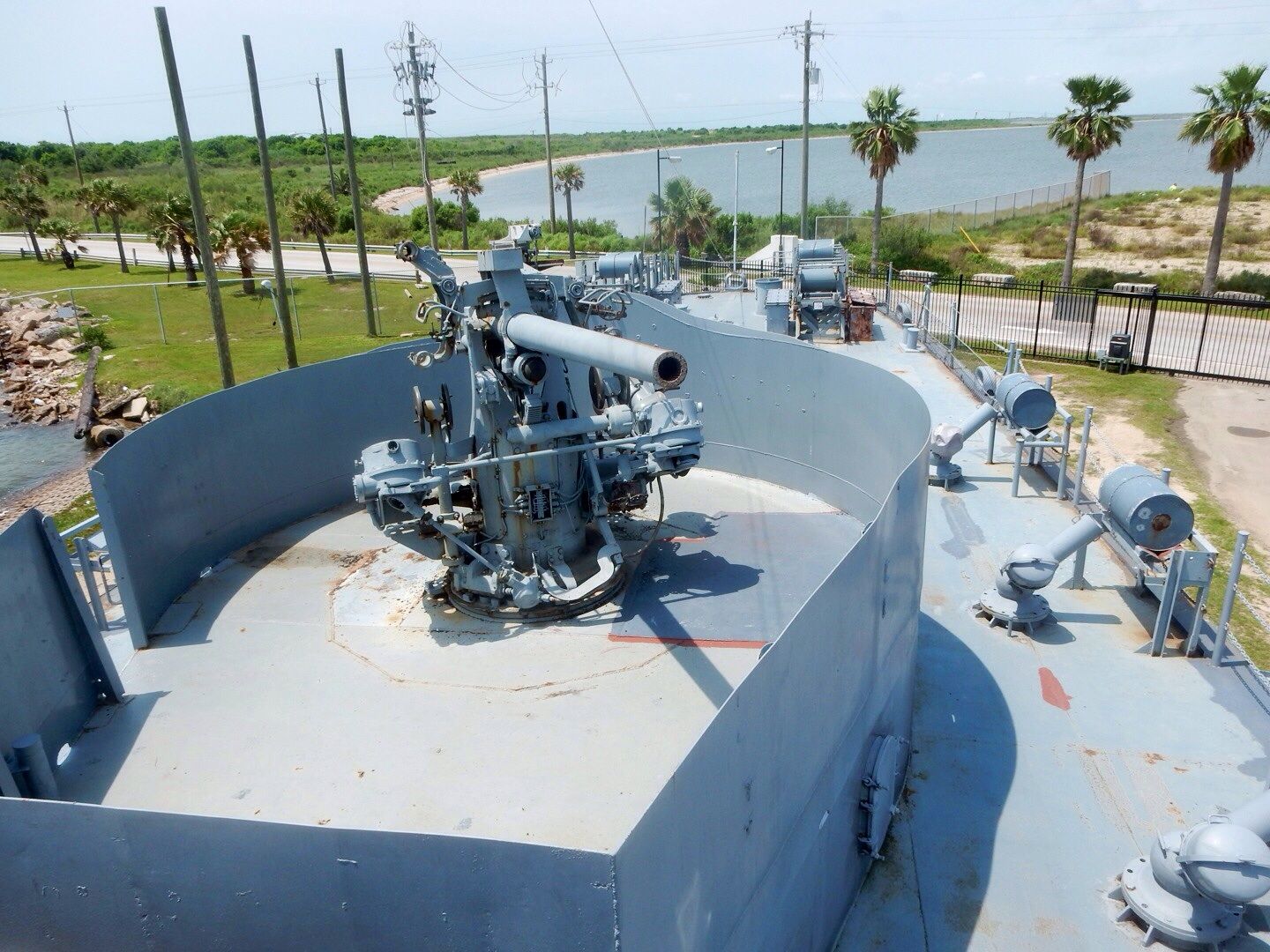


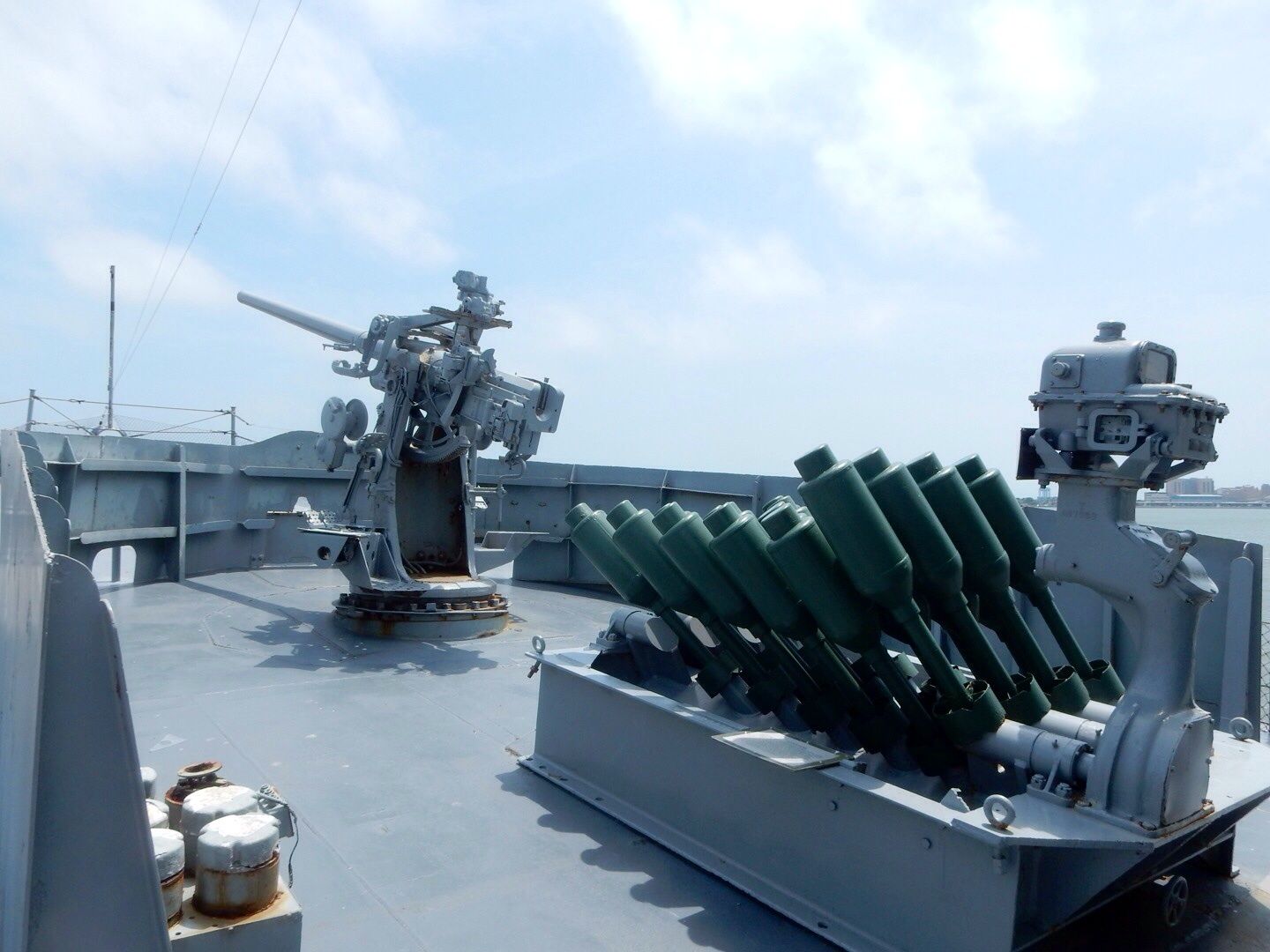





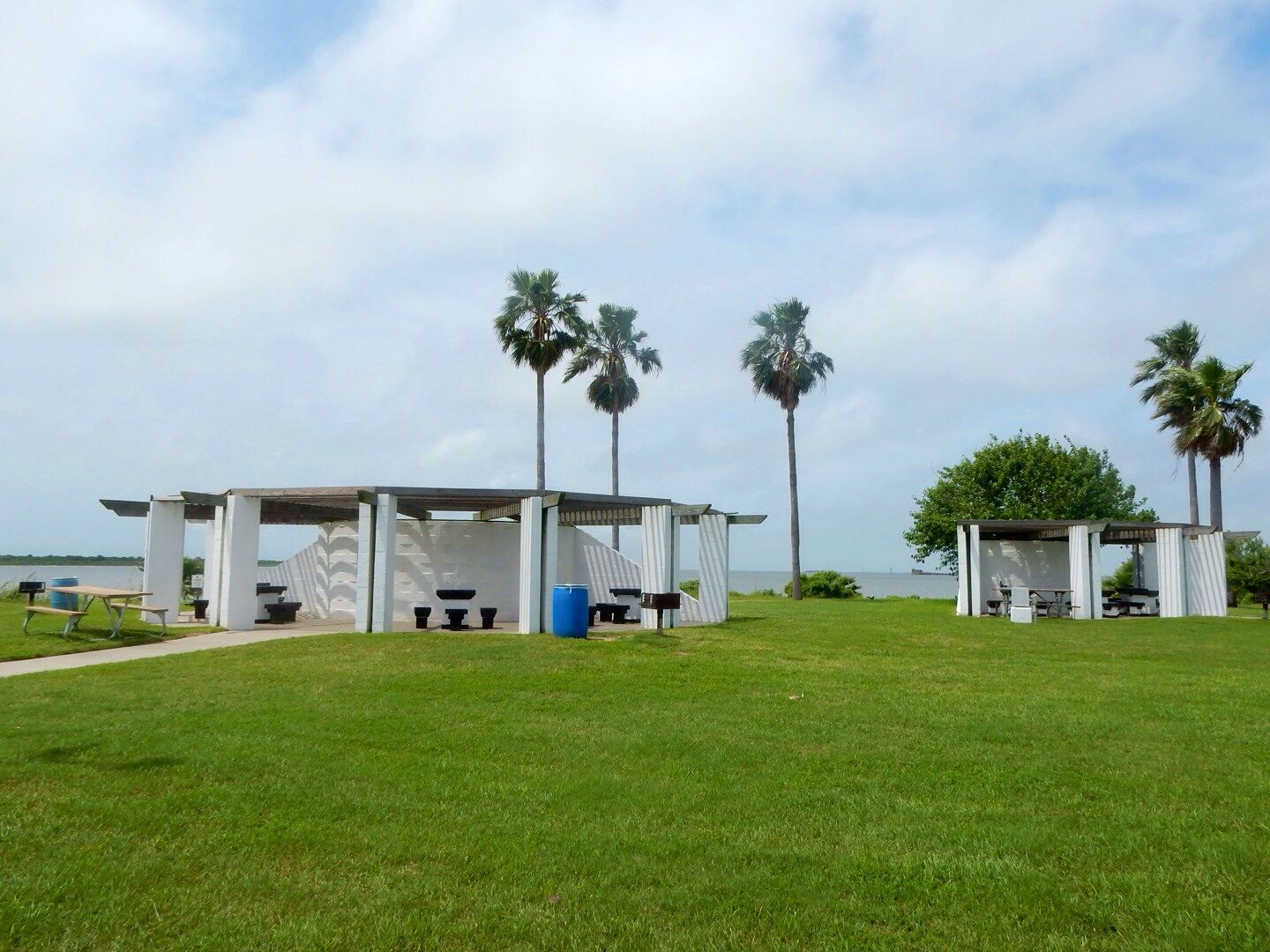
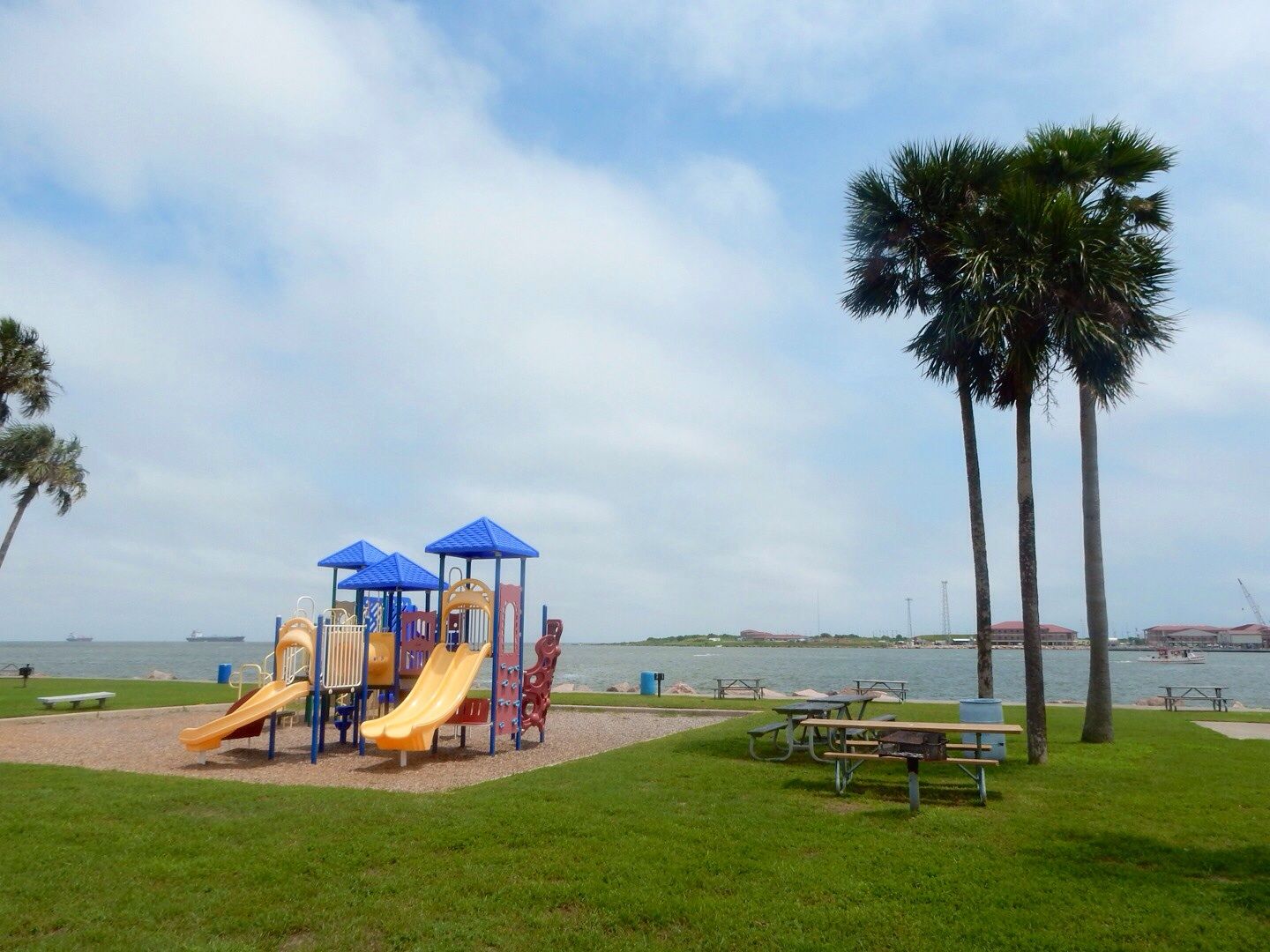
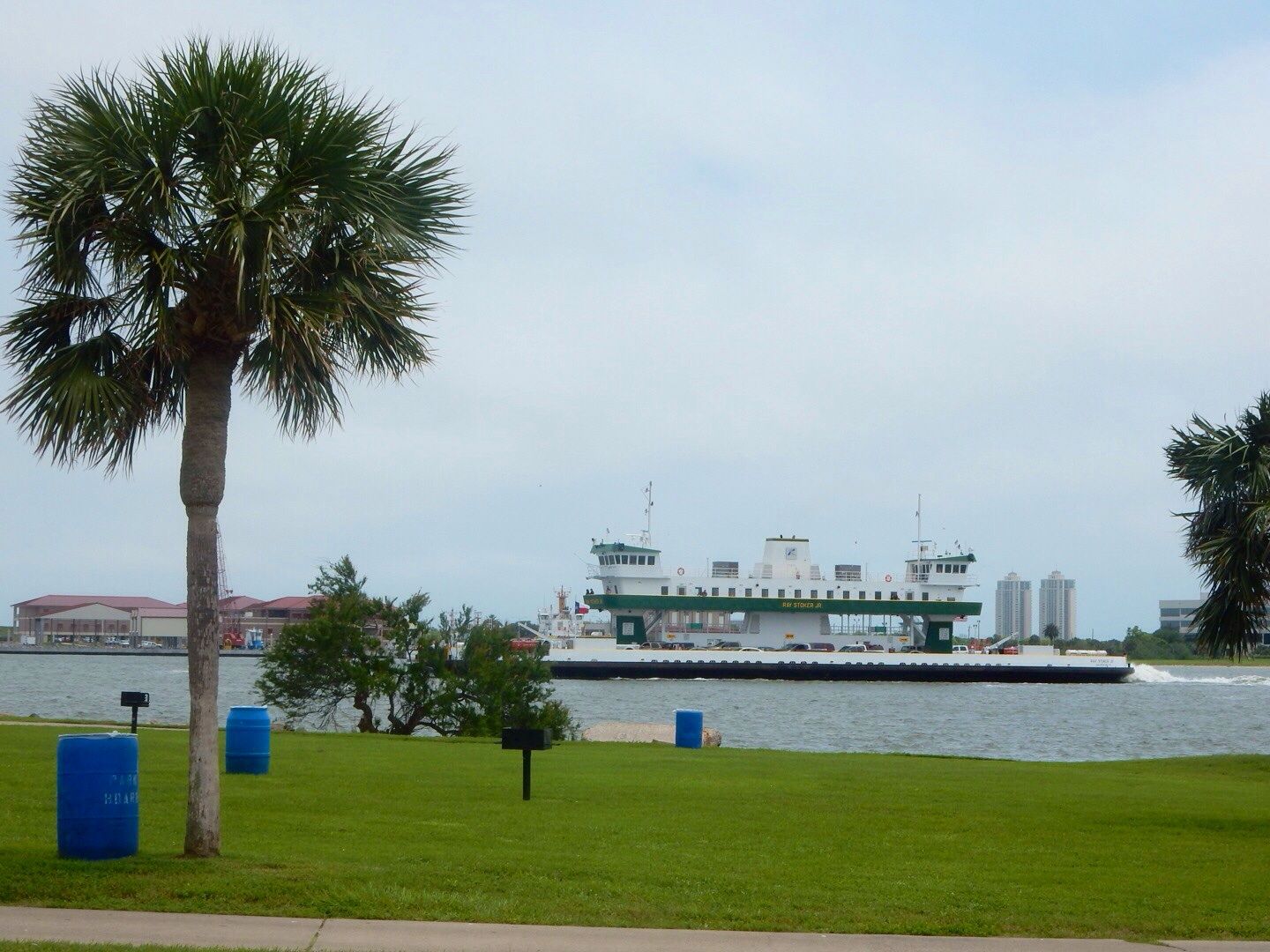

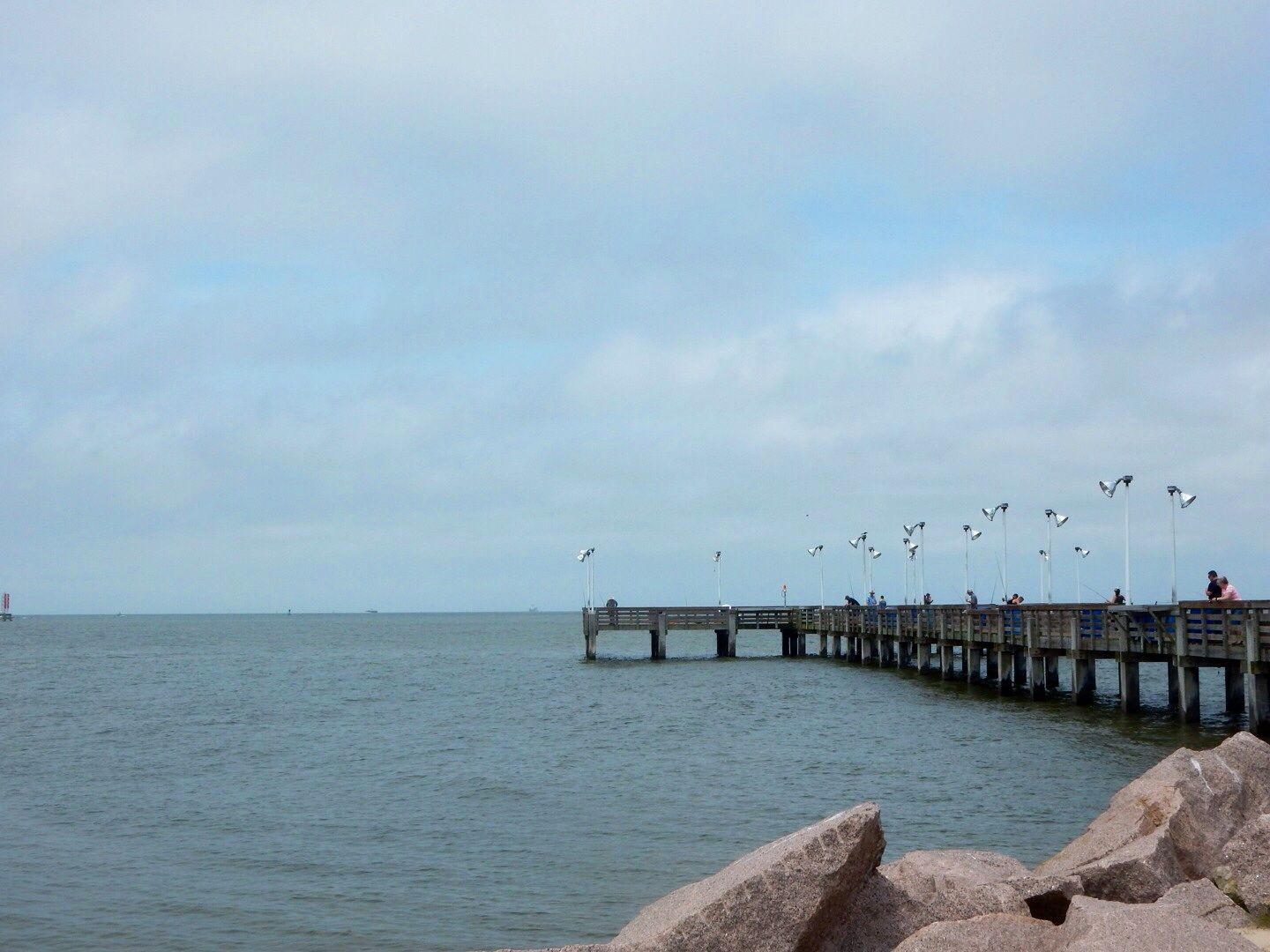
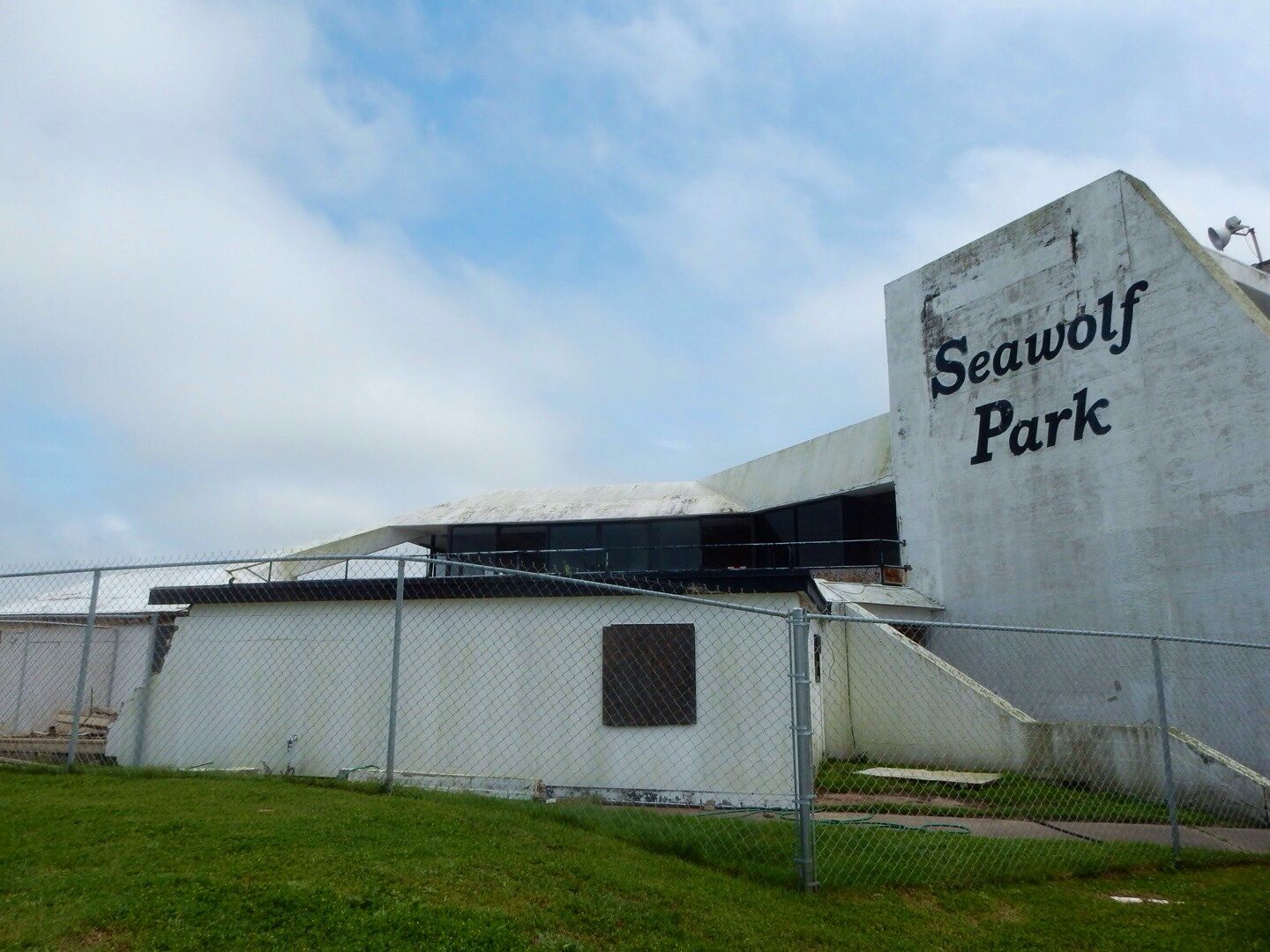
No comments:
Post a Comment